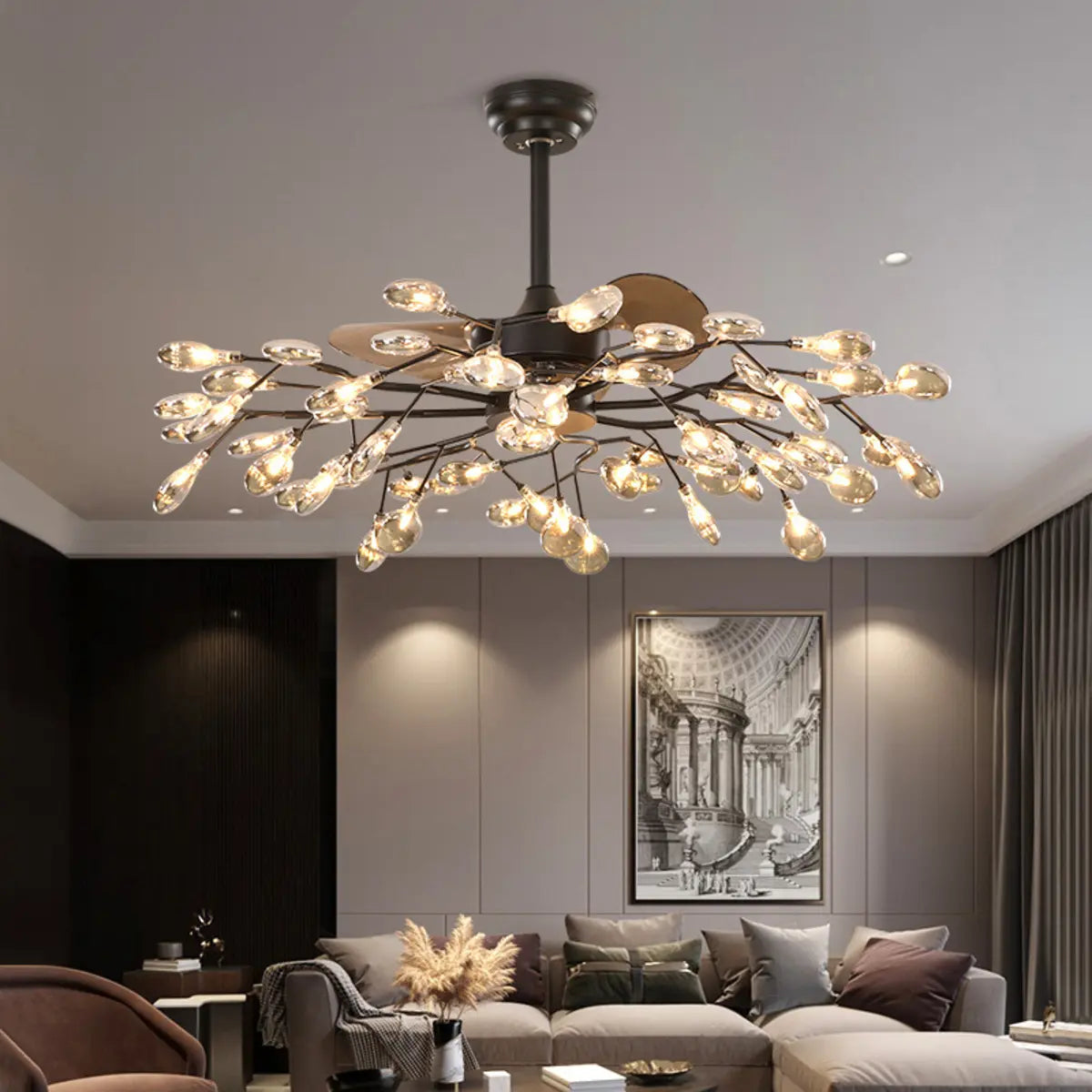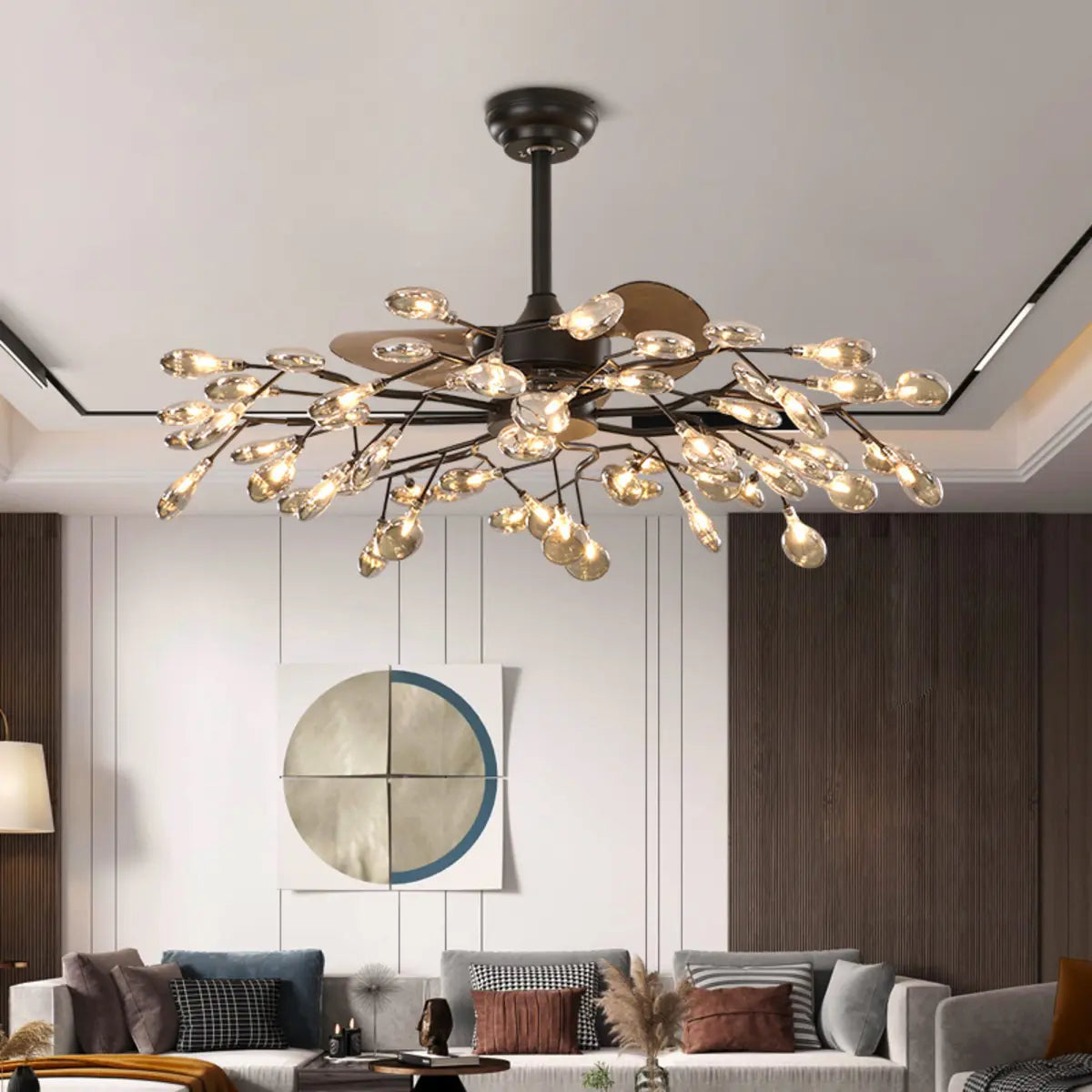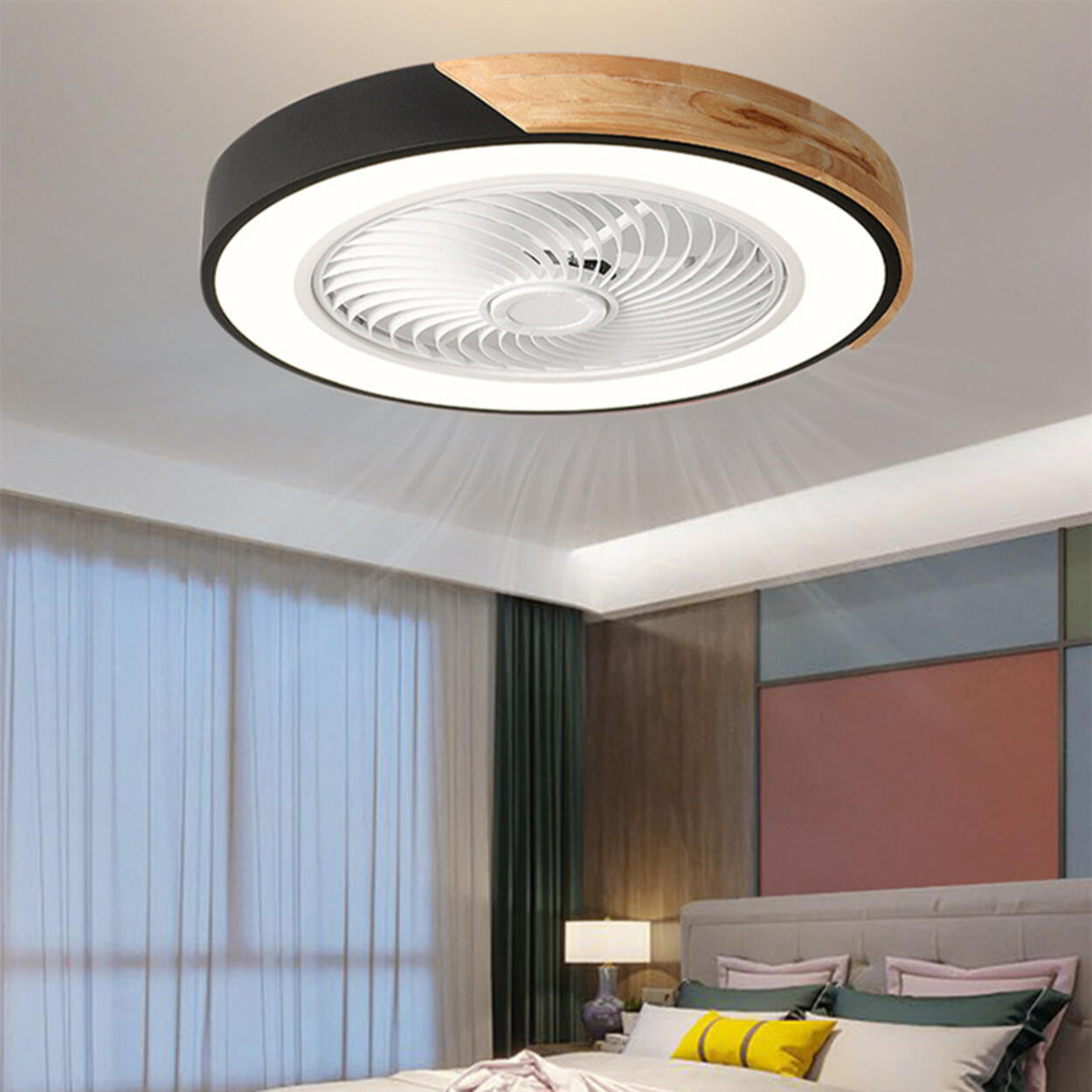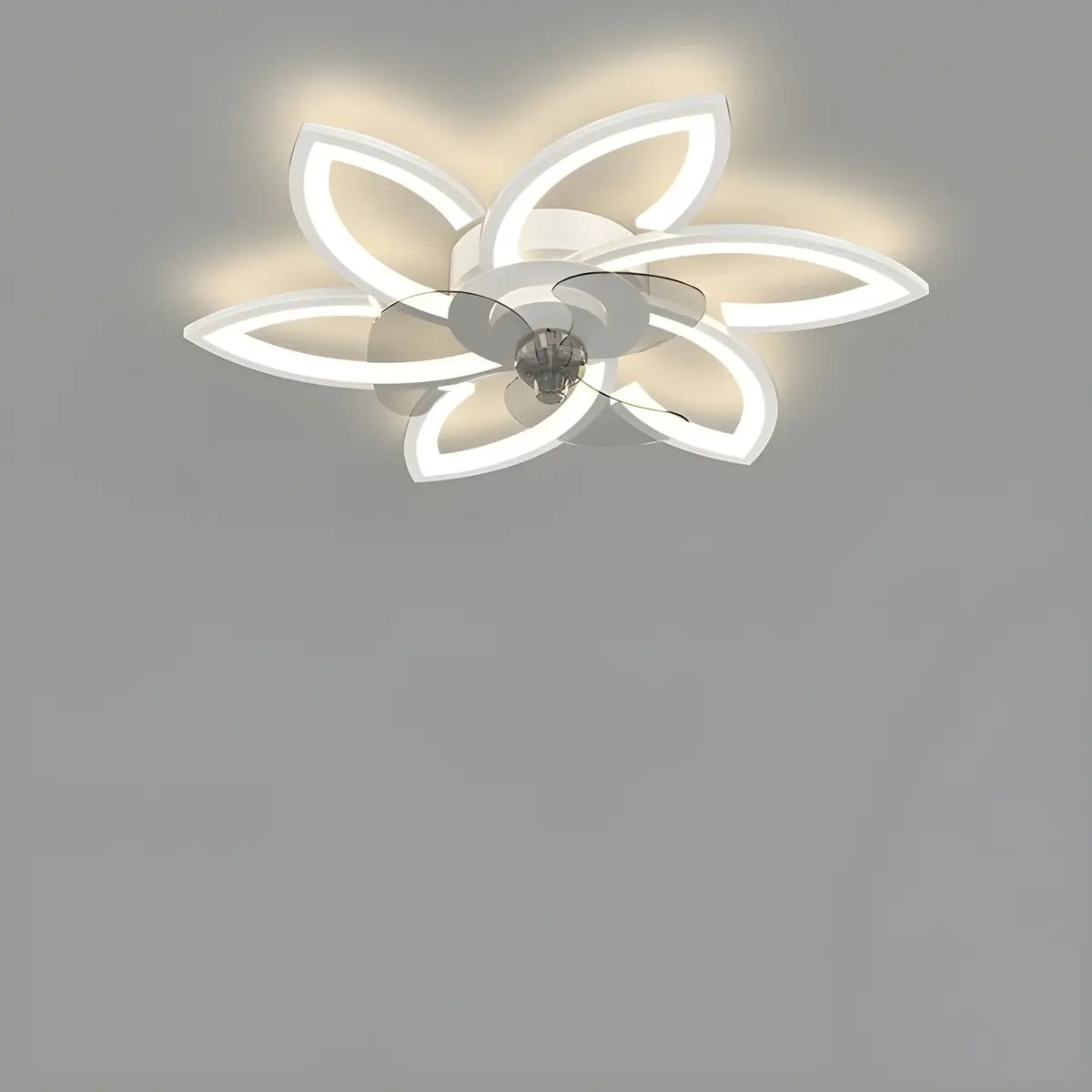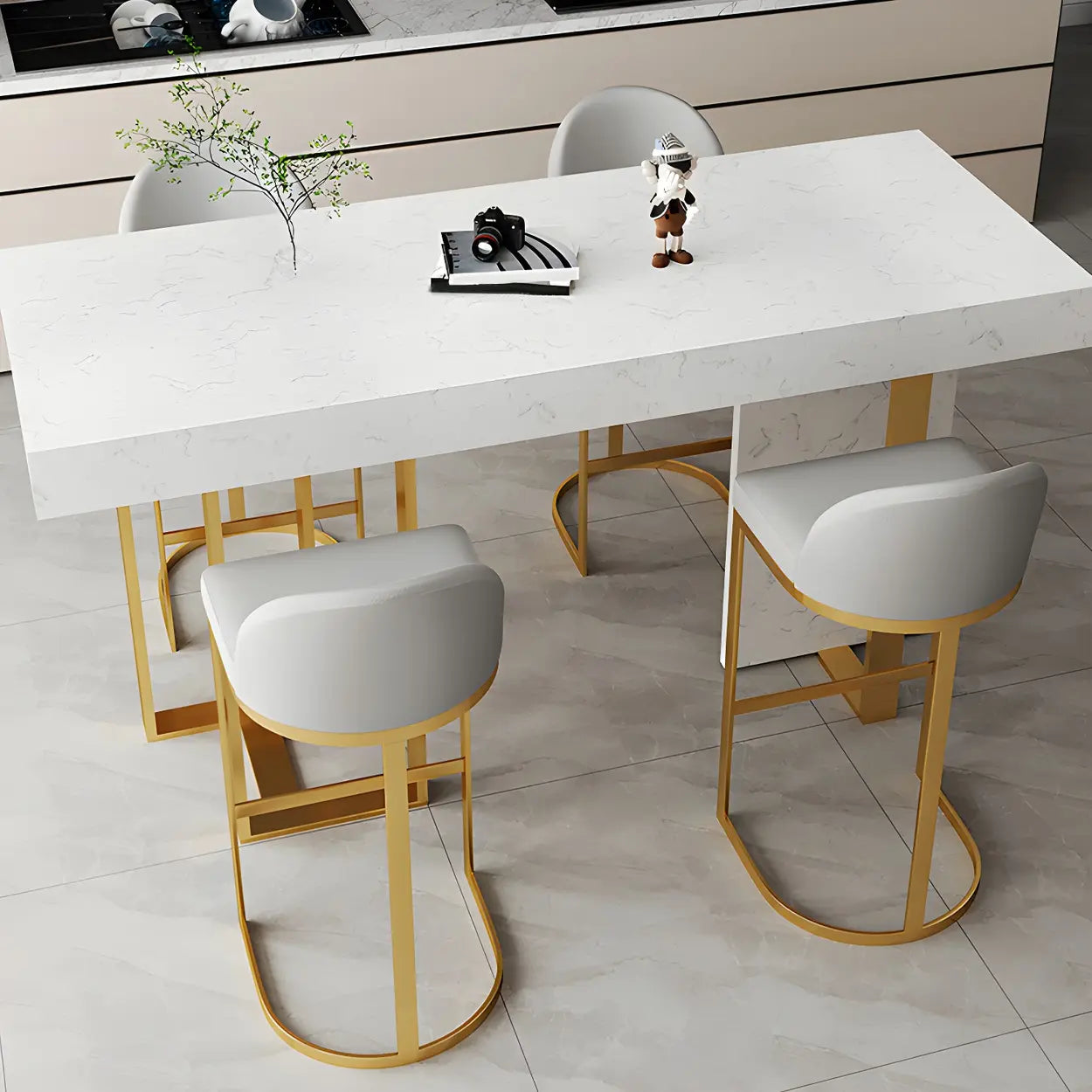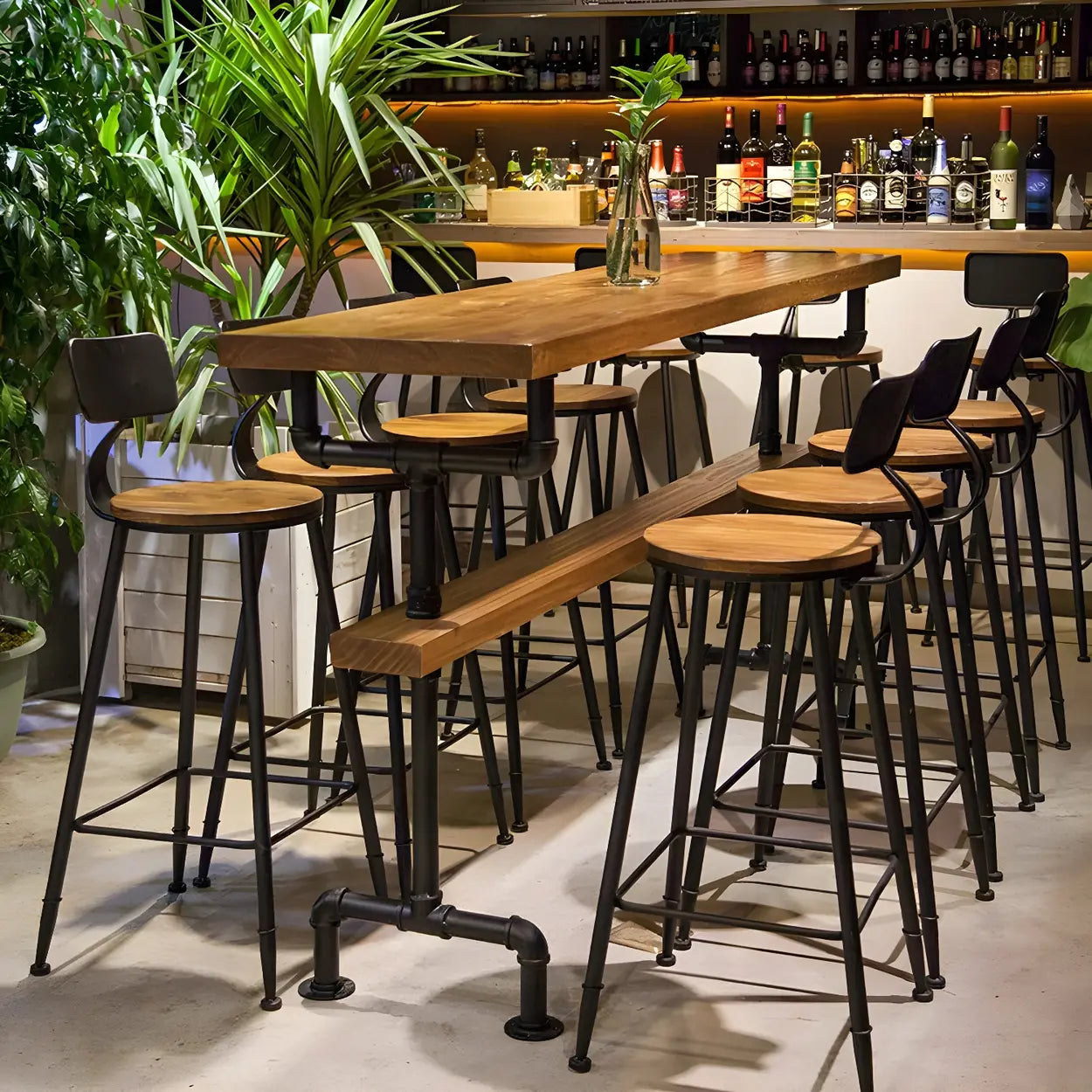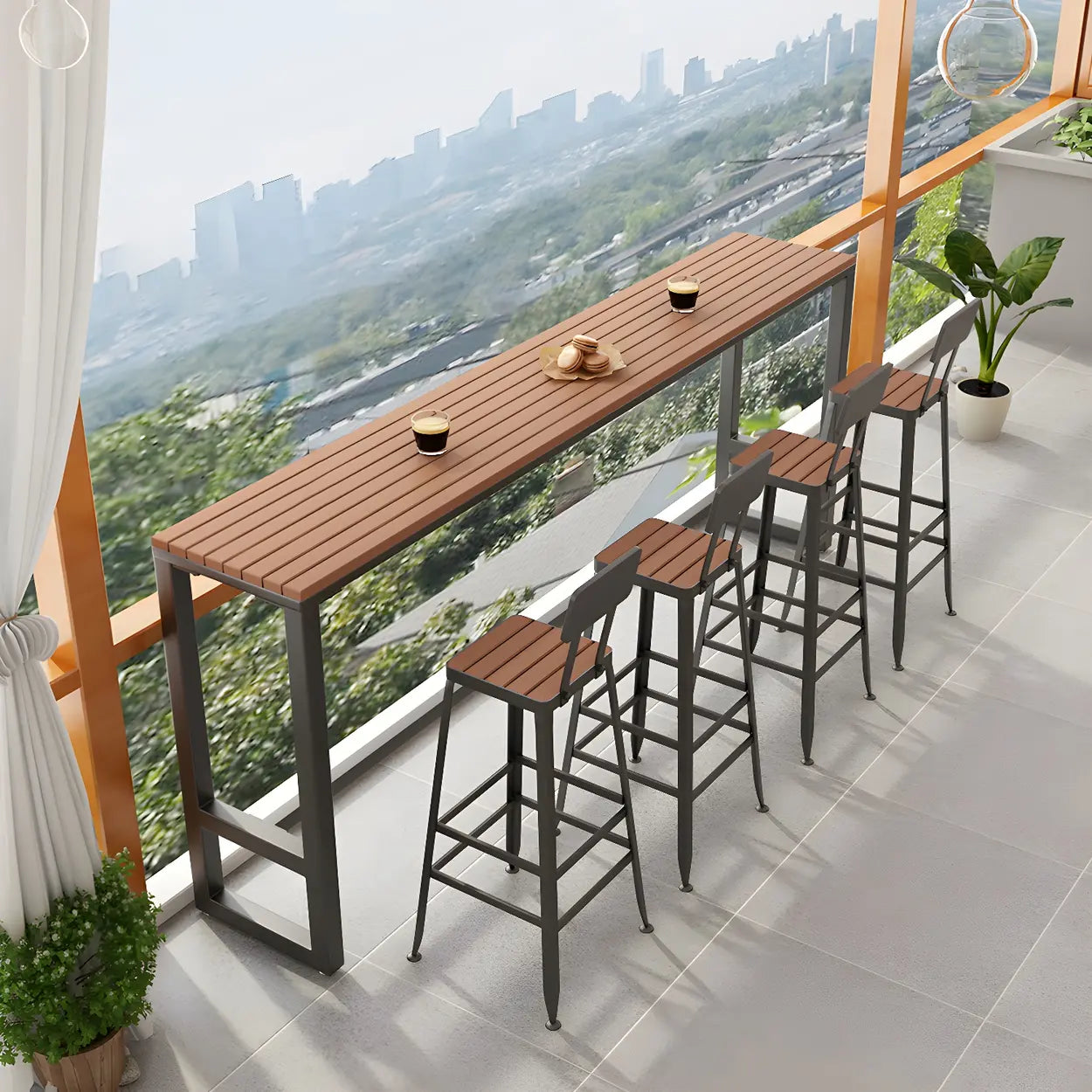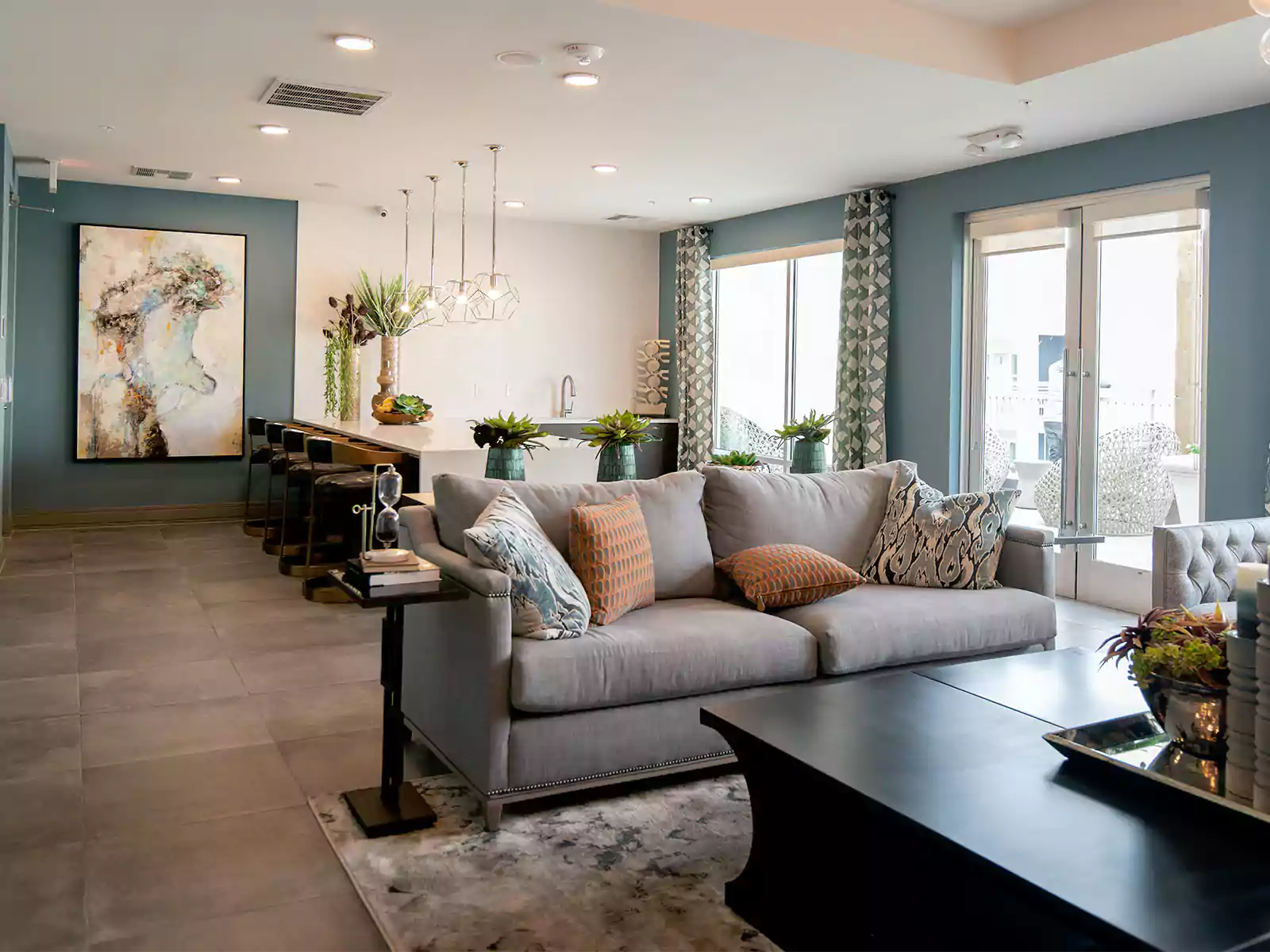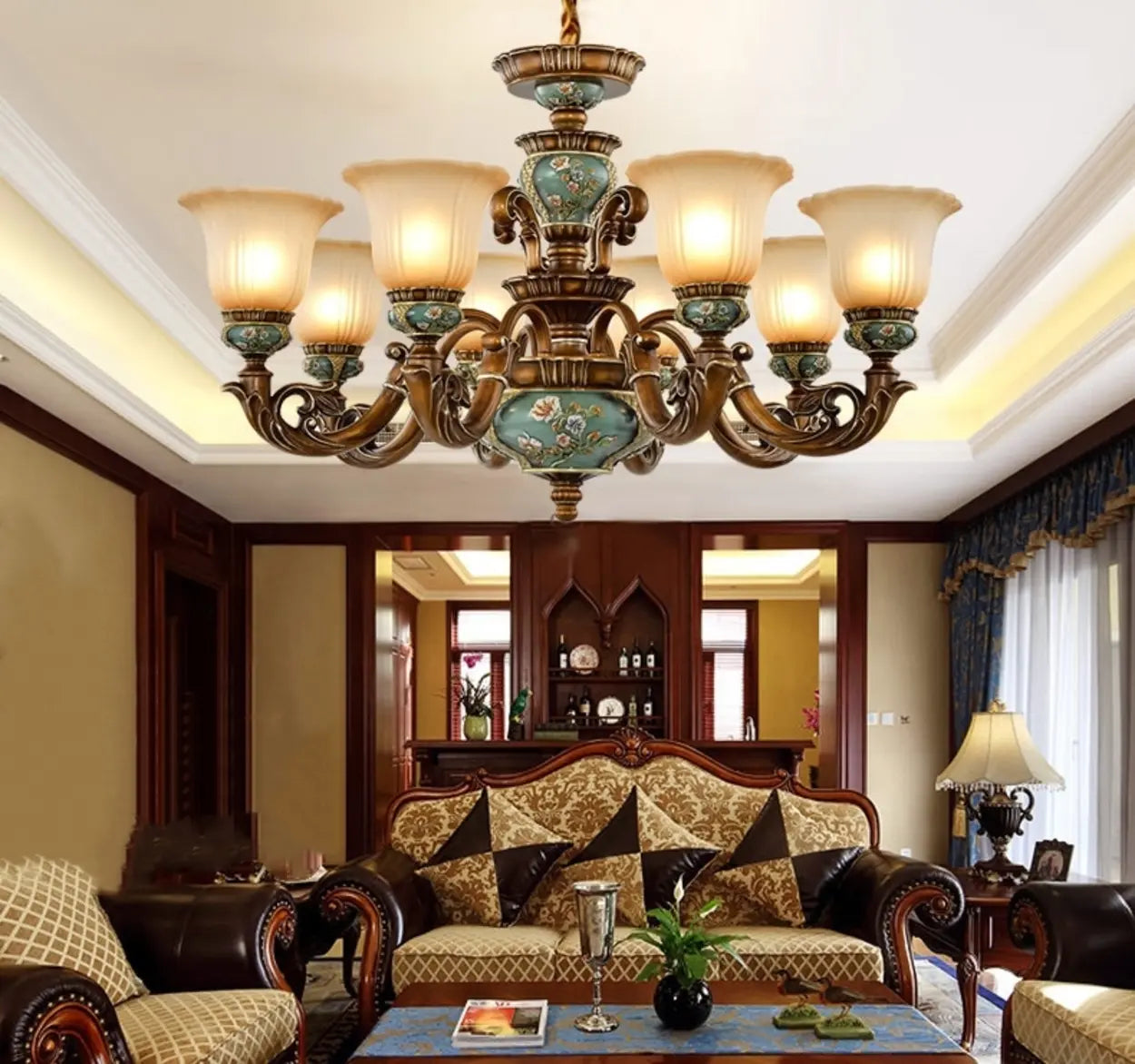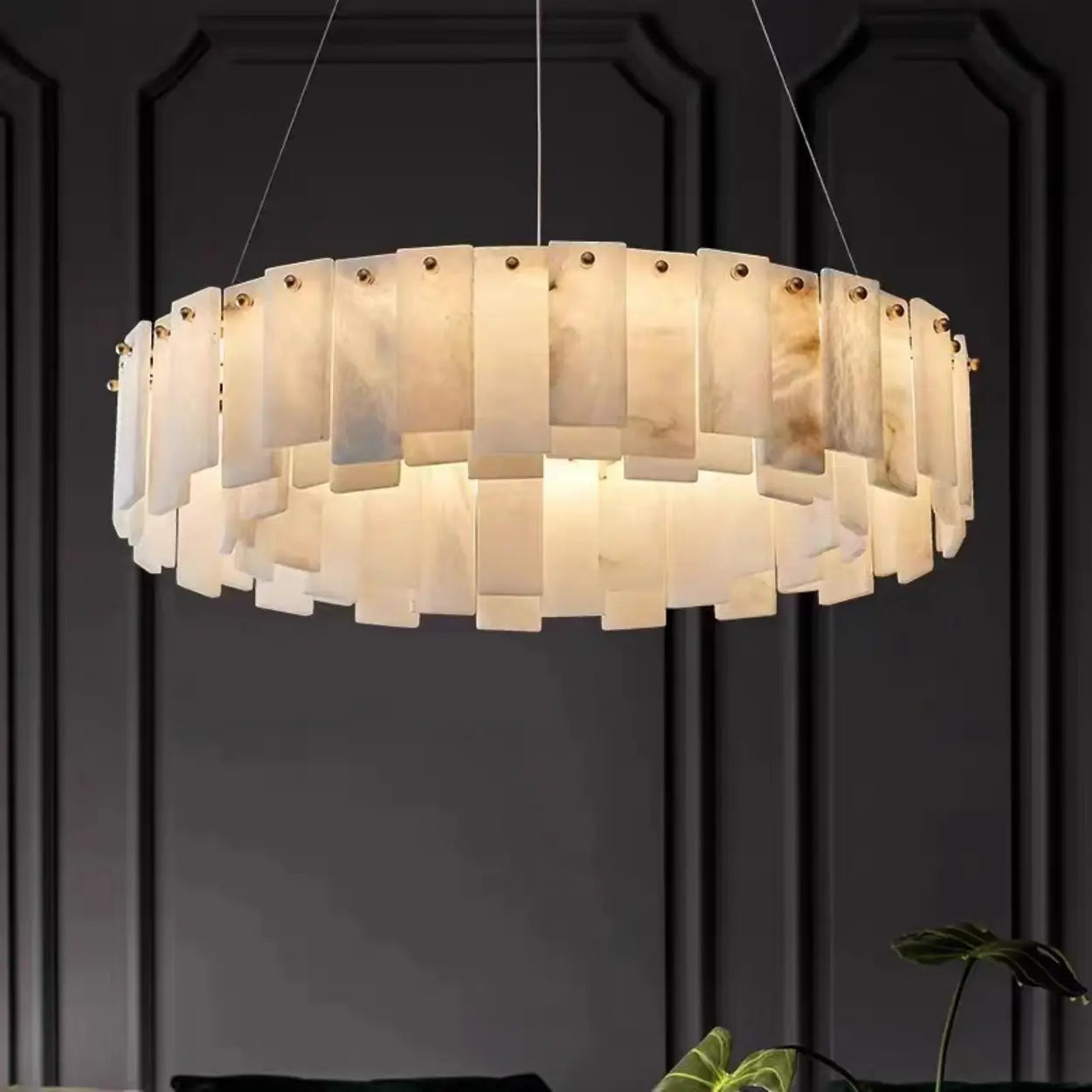Shopping for TV furniture can be confusing. You'll see terms like TV stand and entertainment center used sometimes interchangeably. But when you compare a TV stand vs an entertainment center, you'll find they're actually designed for different needs.
A TV stand is a simple, compact piece that holds your television and maybe a few items underneath. An entertainment center is a larger furniture system with multiple shelves, cabinets, and storage compartments. Understanding the difference between a TV stand and an entertainment center helps you choose the right one for your space, style, and budget.
Table of Contents
TV Stand vs Entertainment Center: Quick Overview
Let's break down what each option offers so you can see the key differences right away.
What you get with a TV stand

- Flat top surface for your television
- One or two open shelves below
- Width typically 40 to 70 inches
- Height around 20 to 30 inches
- Simple cabinets or drawers on some models
- Easy to move and relocate
- Open design for accessible cable management
What you get with an entertainment center

- Main TV console plus side towers or upper shelves
- Width from 60 inches to full wall coverage
- Closed cabinets for hiding clutter
- Open shelving for display items
- Dedicated spots for media equipment
- Built-in cable management systems
- Adjustable shelves for customization
The core difference is simple: TV stands hold your television with basic storage, while entertainment centers provide a full media organization system that becomes the focal point of your room.
TV Stand vs Entertainment Center: What Are the Key Differences?
Now let's look at the key differences between TV stands and entertainment centers.
1. Size and space
TV stands work in almost any room. They need just 3 to 6 feet of wall space and sit flat against the wall. You can place them in bedrooms, apartments, or smaller living rooms.
Entertainment centers need significant space. The smallest ones require at least 6 feet of wall space, while full wall units need 10 to 15 feet. They also have more depth, typically 18 to 24 inches compared to a TV stand's 15 to 18 inches.
2. Storage capacity
TV stands give you space for a cable box, gaming console, and maybe some remotes. Models with cabinets can hold DVDs, games, or a few books. Basic storage that covers the essentials.
Entertainment centers offer much more. You get multiple compartments for several gaming consoles, sound systems, receivers, media collections, and decorative items. Some include dedicated spots for speakers or even a fireplace insert.
3. Price range
| Category | TV Stand | Entertainment Center |
| Entry level | $100 - $200 | $400 - $600 |
| Mid-range | $200 - $500 | $800 - $1,500 |
| High-end | $800 - $1,200 | $2,000 - $5,000+ |
| Best for | Budget-conscious buyers | Long-term investment |
4. Style impact
TV stands blend into your room. They support your television without demanding attention. This works well for minimalist spaces or when you want other furniture to stand out.

Entertainment centers make a statement. They define your living room layout and become the visual anchor. The large structure draws the eye and sets the tone for the entire space.
5. Flexibility and mobility
TV stands are easy to move and reposition. Most weigh under 100 pounds and can be relocated by one or two people. This makes them perfect for renters who move frequently or anyone who likes to rearrange furniture seasonally.
Entertainment centers are meant to stay put. They can weigh 200 to 500 pounds when fully assembled and often require professional movers to relocate. Many larger units need to be partially disassembled just to fit through doorways.
TV Stand vs Entertainment Center: Quick Check Chart
| Feature | TV Stand | Entertainment Center |
| Size | Compact - typically 40-70" wide, 20-30" high | Large - 60" to full wall width, often 6-8 ft high |
| Space Requirement | Works in small rooms (under 200 sq ft) | Best for large rooms (250+ sq ft) |
| Storage Capacity | Basic - holds TV, media box, small items | Extensive - shelves, cabinets, space for devices |
| Design Impact | Minimal, blends with décor | Bold focal point, defines the room layout |
| Mobility | Lightweight, easy to move | Heavy, usually stationary |
| Cable Management | Open and accessible | Built-in systems, more concealed |
| Price Range | Budget-friendly | Mid to high-end investment |
| Best For | Apartments, renters, minimalist setups | Homeowners, media lovers, large living rooms |
TV Stand vs Entertainment Center: Which One Should You Choose?
Your choice depends on your room size, storage needs, and how you use your space.
Choose a TV stand if:
- Your room measures less than 200 square feet
- You're working with a tight budget
- You only have a TV and one or two streaming devices
- You're a renter who moves frequently
- You prefer clean, uncluttered spaces
- The TV isn't the main focus of your room
- You need something lightweight and easy to transport

Choose an entertainment center if:
- You have a living room larger than 250 square feet
- You own multiple devices like gaming consoles, sound systems, and streaming boxes
- You have a large media collection to display or store
- You need to hide cables and equipment
- Your living room is the main gathering space
- You're a homeowner planning to stay long-term
- You want furniture that makes a design statement
Final Thoughts
Your choice between a TV stand vs an entertainment center isn't complicated. TV stands work for smaller spaces, simpler setups, and tighter budgets. Entertainment centers suit larger rooms where you need serious storage and want to create a focal point.
Measure your wall space, count your devices, and pick what actually fits your lifestyle. Just remember the golden rule: your furniture should always be wider than your TV.
FAQs
How long should a TV stand for a 65 inch TV?
How long should a TV stand for a 65 inch TV?
Your TV stand should be at least 57 to 65 inches wide for a 65 inch TV. Ideally, it should extend 3 to 6 inches beyond the television on each side for balance and stability.
Can a TV be bigger than the entertainment center?
Can a TV be bigger than the entertainment center?
No, your TV should not be wider than your entertainment center or stand. The television needs full side support for safety. Overhanging TVs look unbalanced and increase tipping risk.
Do people still have entertainment centers?
Do people still have entertainment centers?
Yes, but modern styles are more minimal and modular. Large wall units are less common, while sleek media consoles and TV stands are now preferred for a cleaner, contemporary look.
Does TV look better on wall or stand?
Does TV look better on wall or stand?
It depends on your space. Wall mounting saves floor space and creates a modern feel. Stands are easier to install, offer storage, and allow flexible furniture arrangements.
What else can a TV stand be used for?
What else can a TV stand be used for?
TV stands can double as console tables, buffet tables, or sofa tables. They also work well for displaying plants, collections, or providing extra storage in entryways or offices.

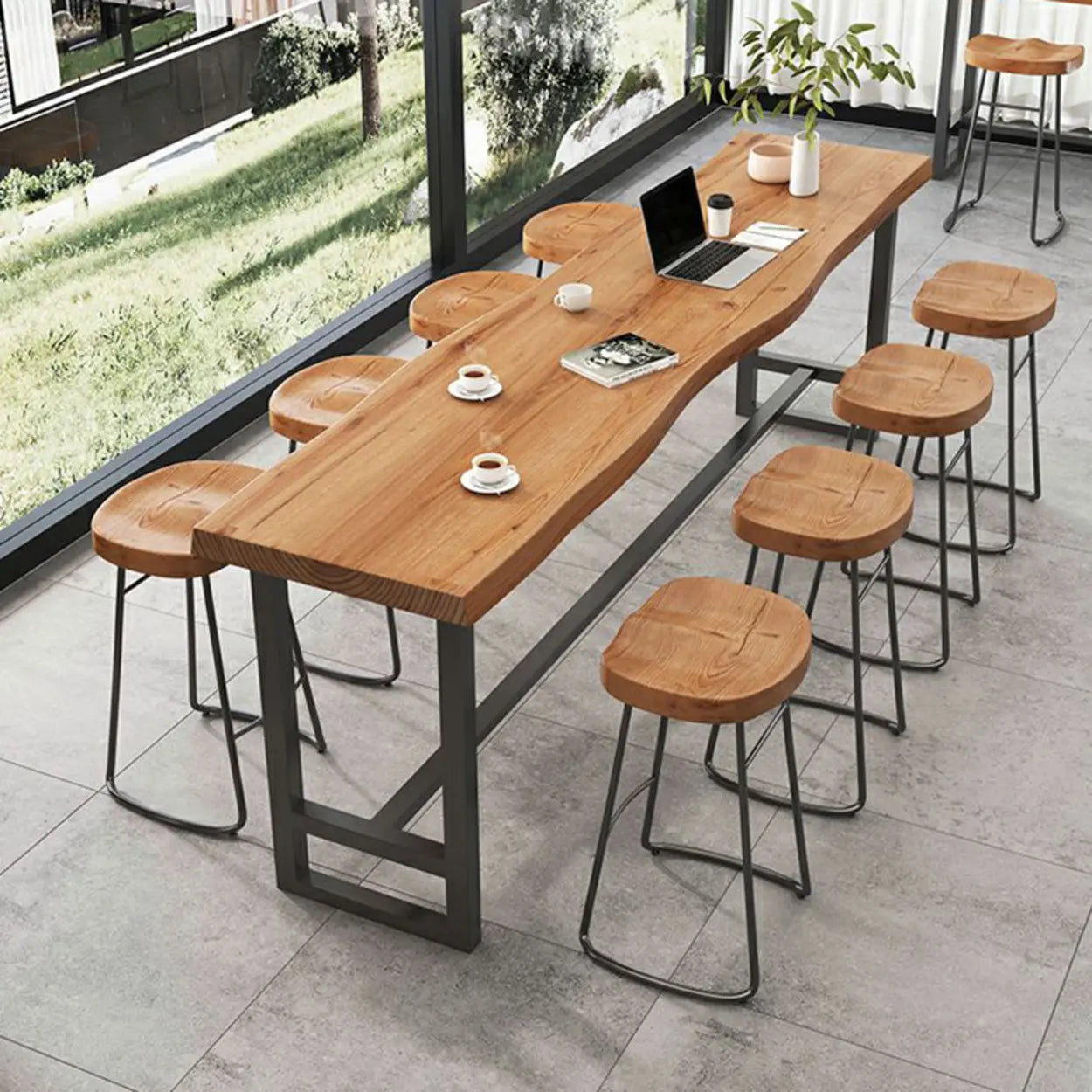
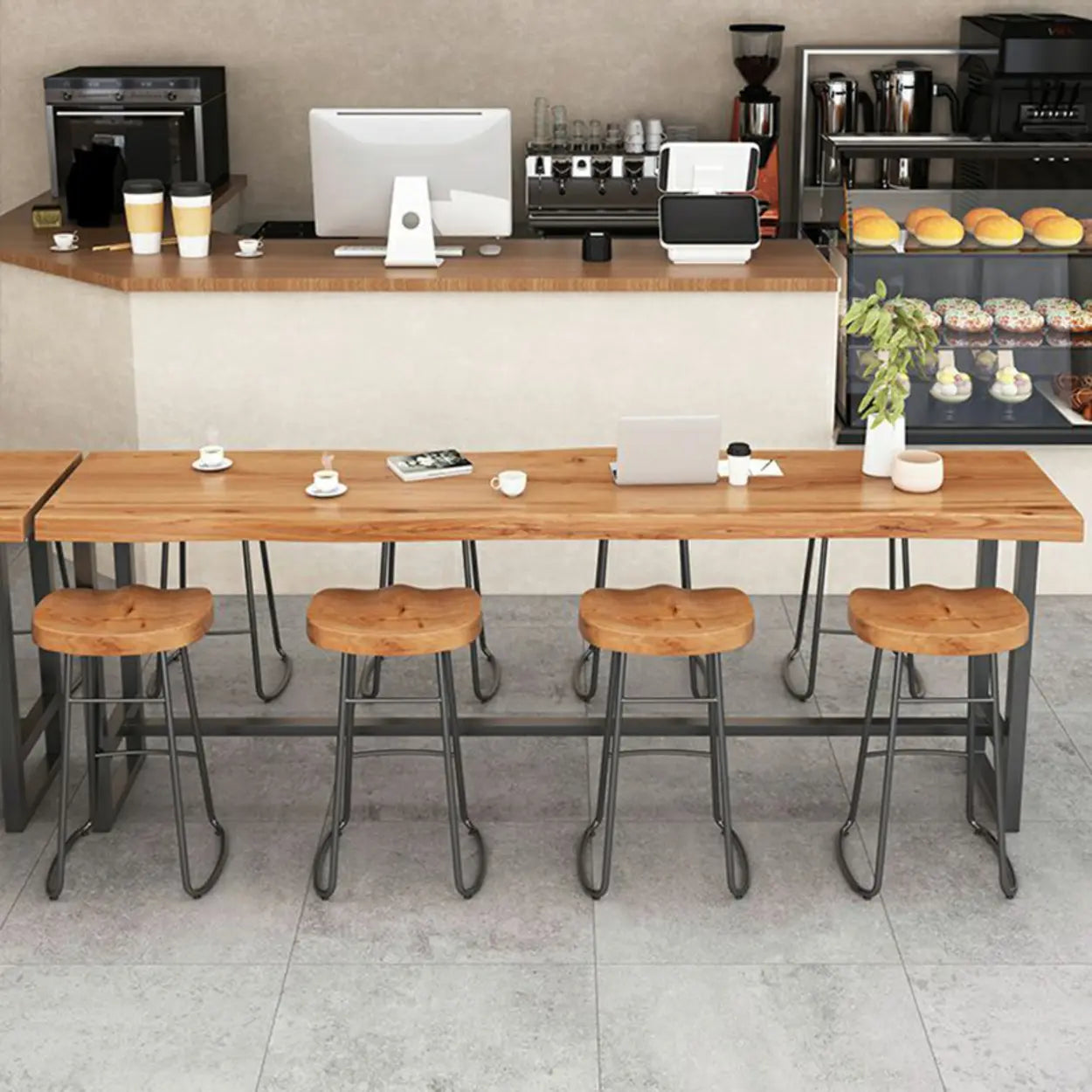
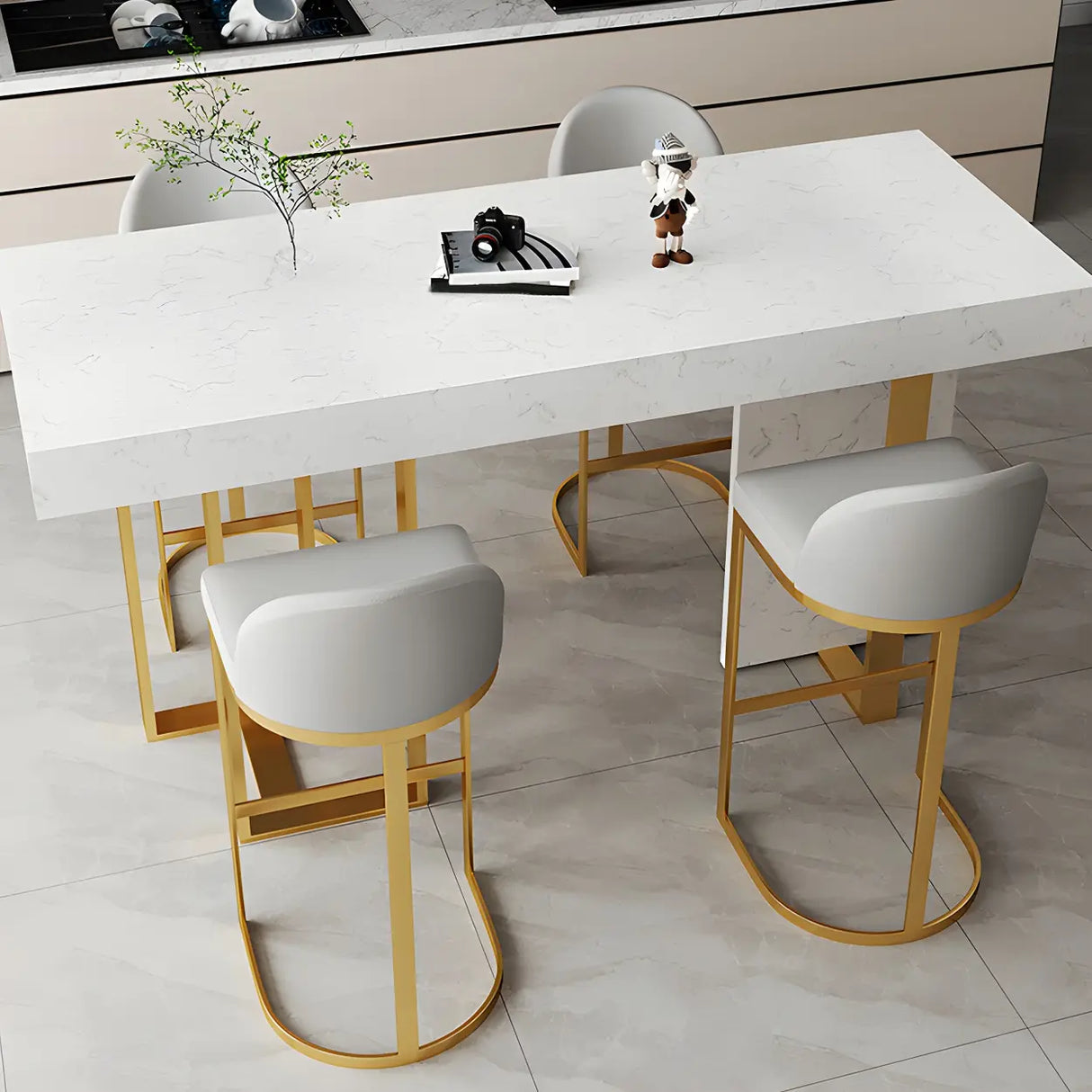
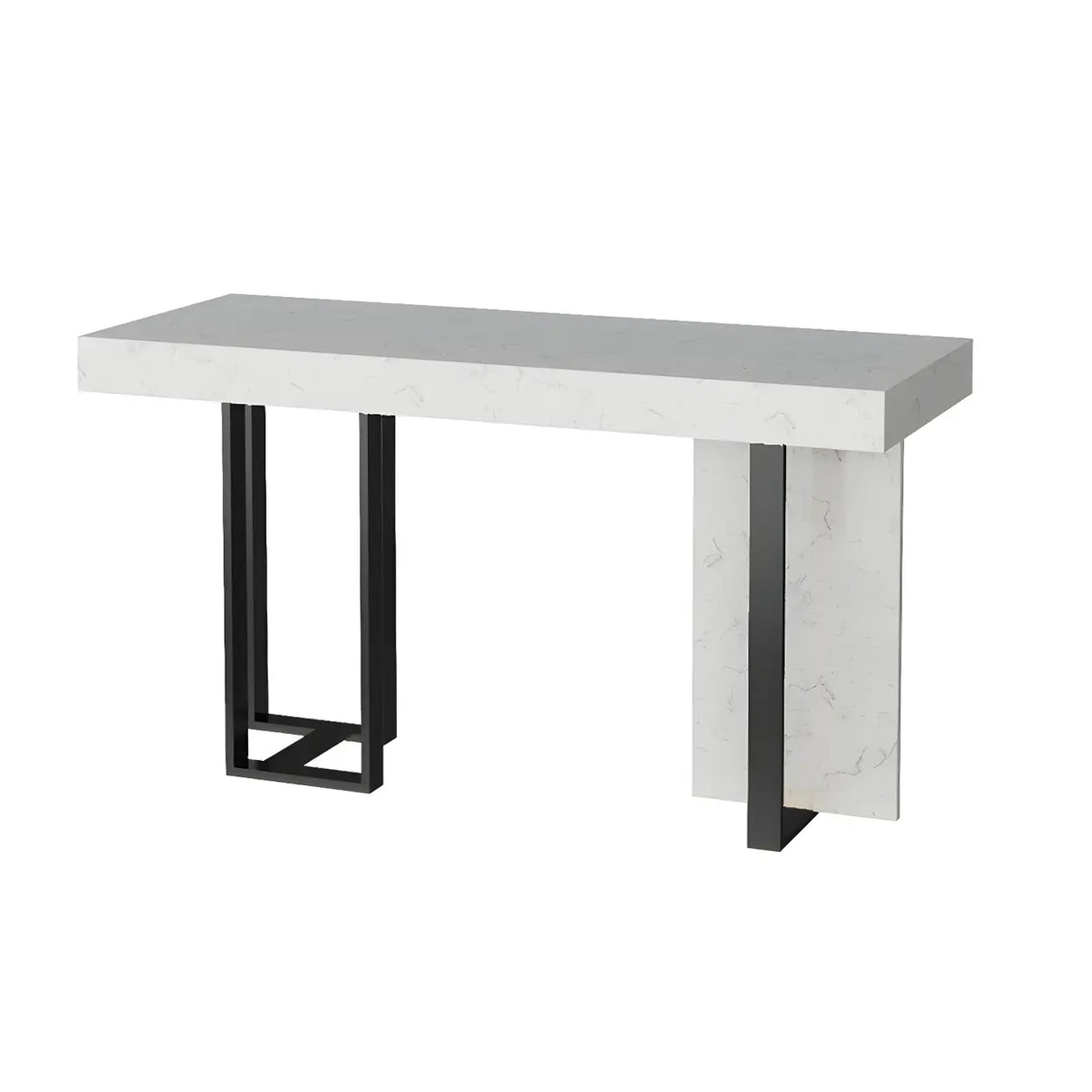
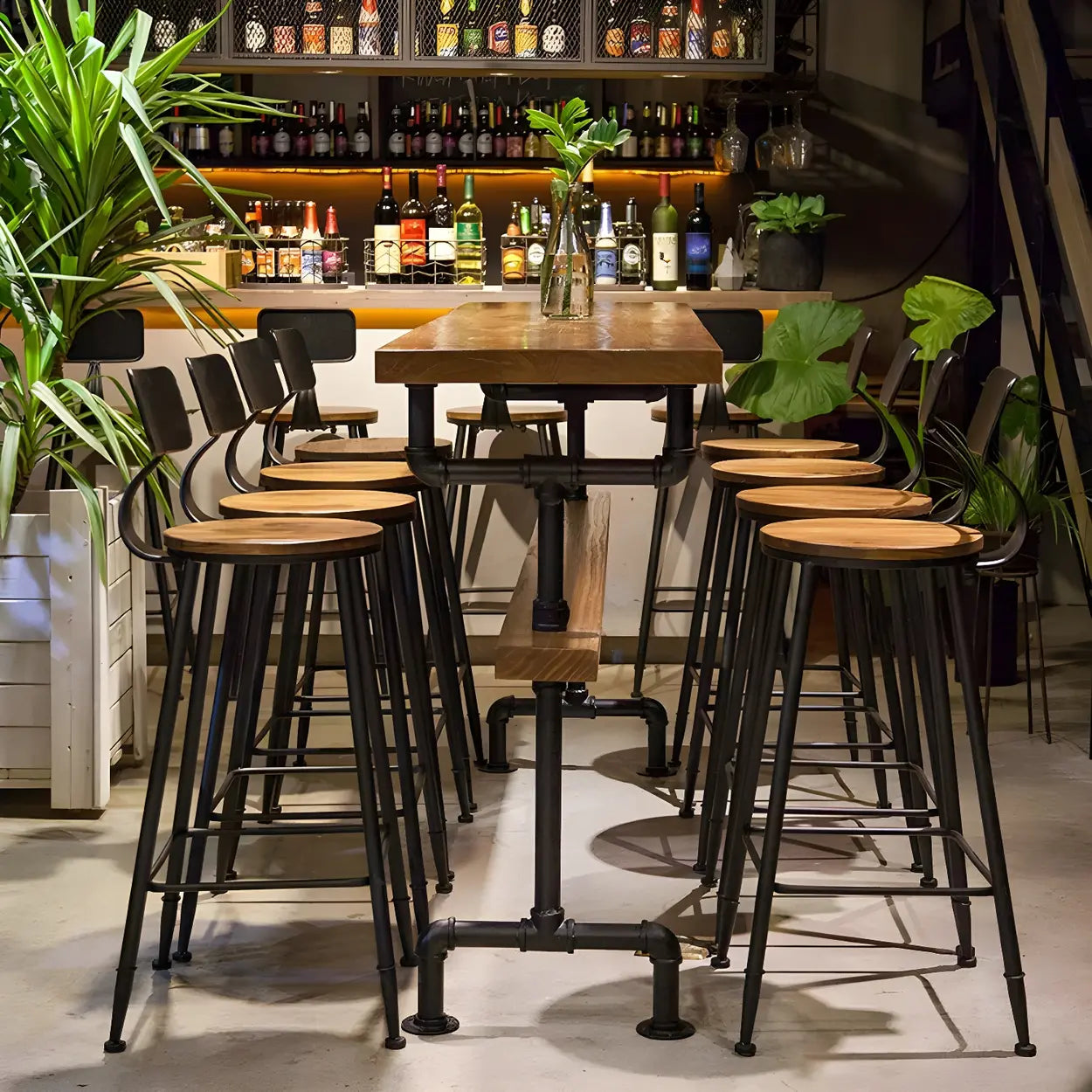

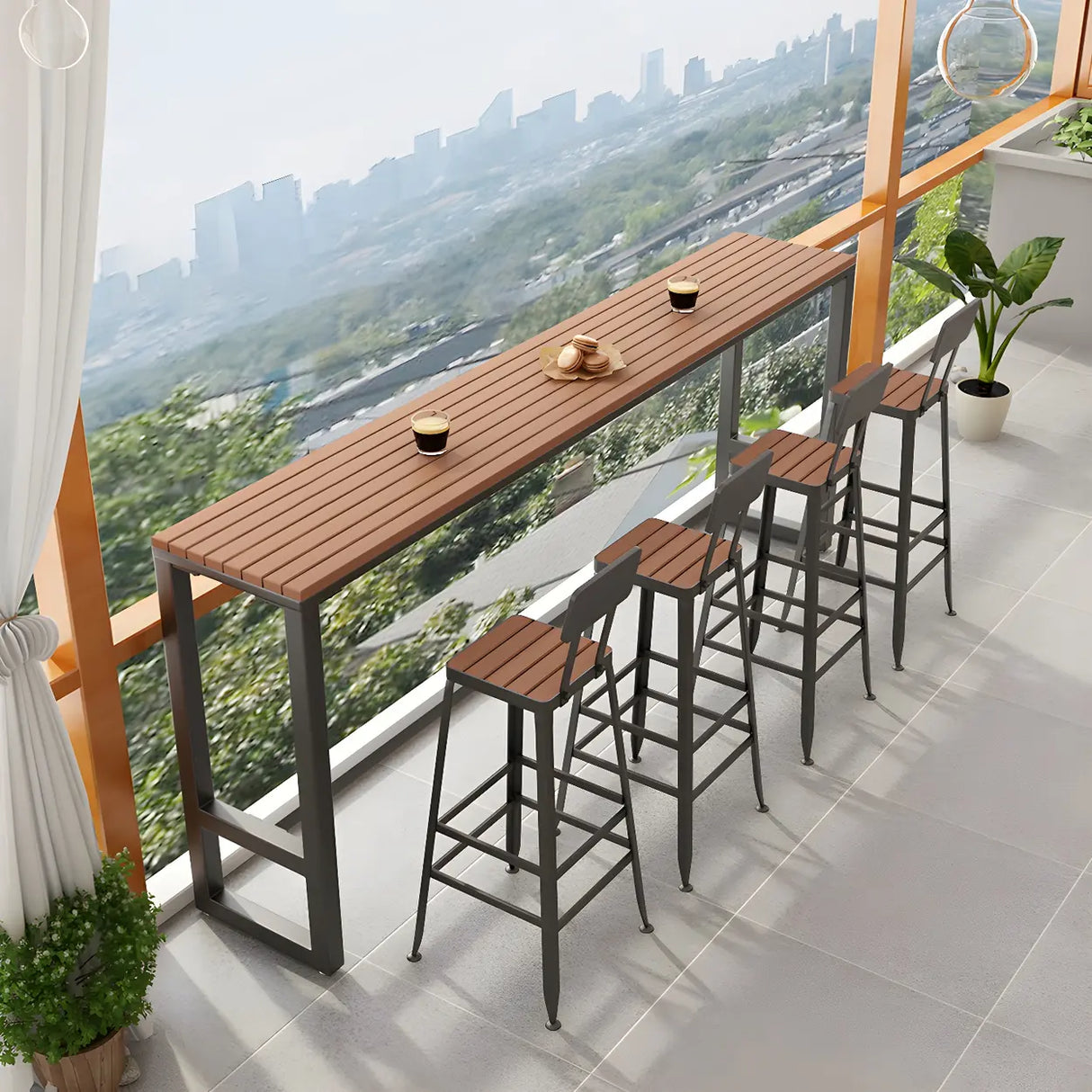
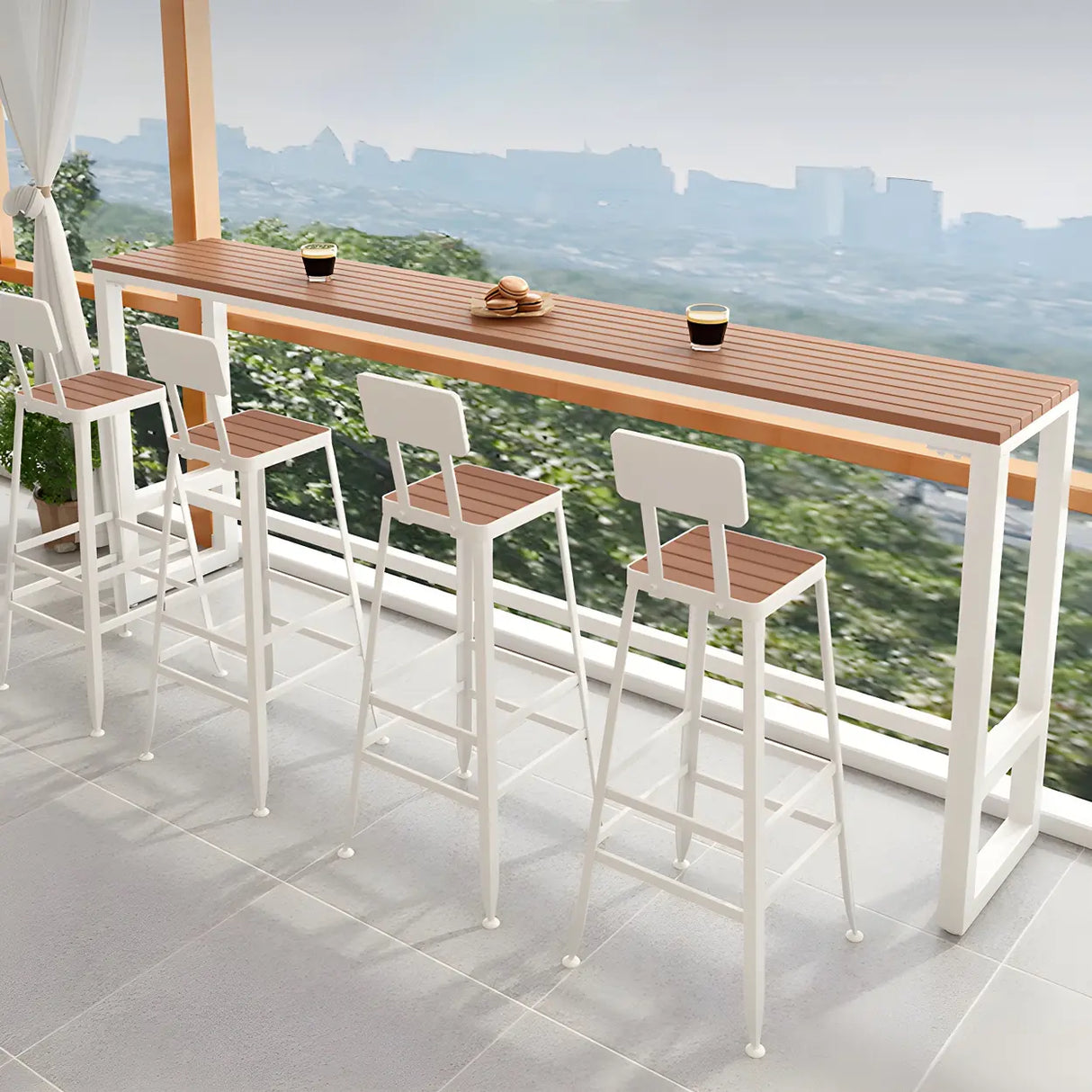


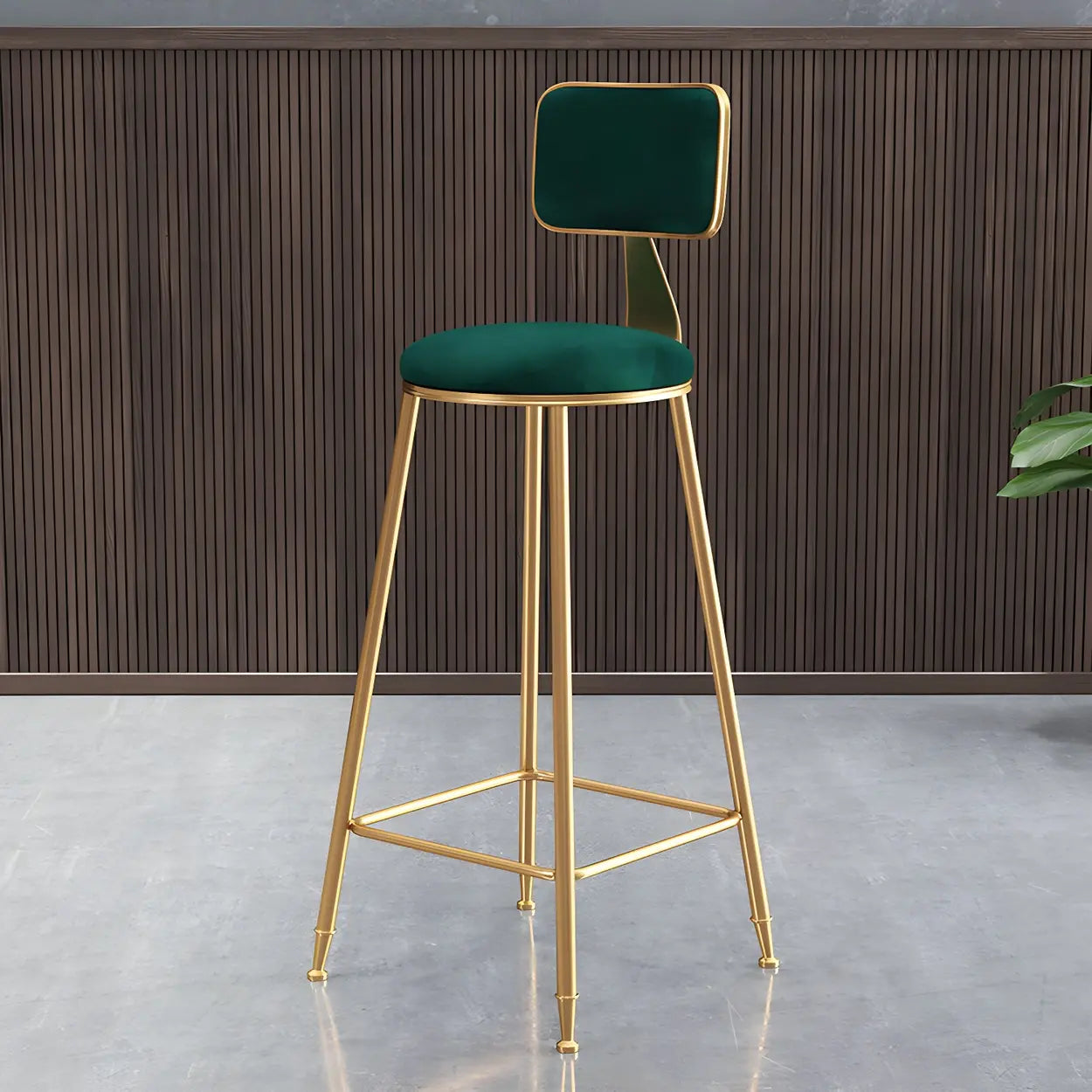
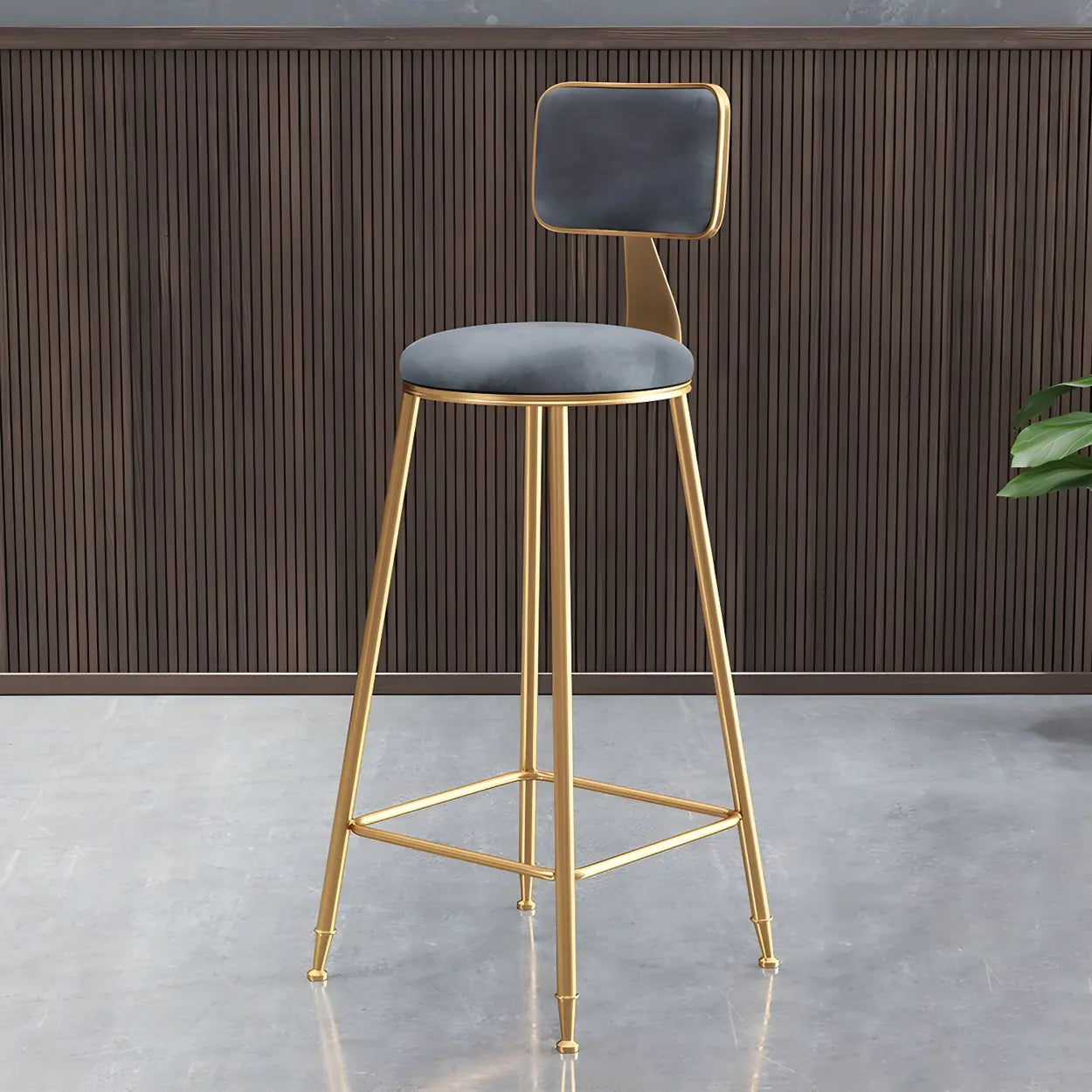
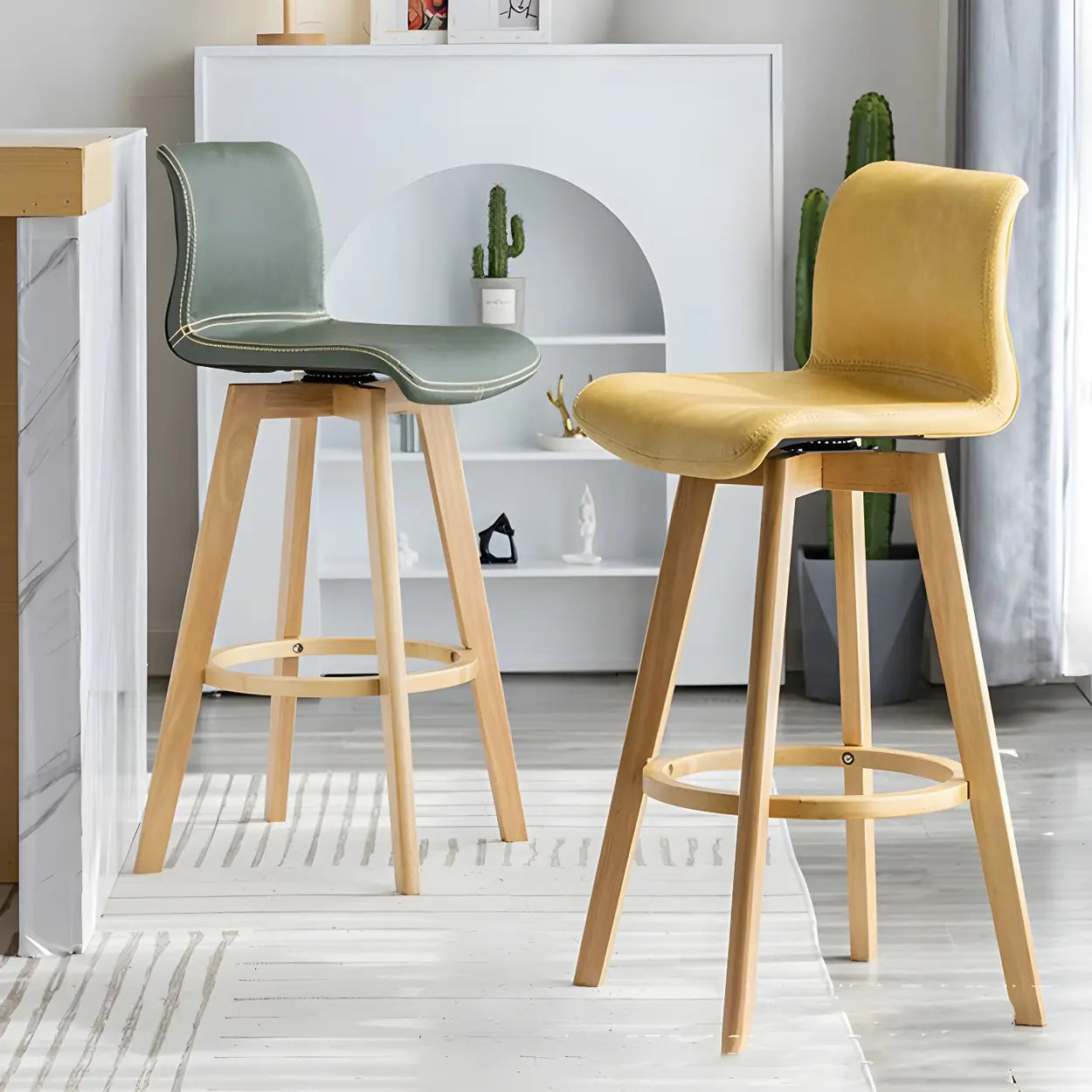
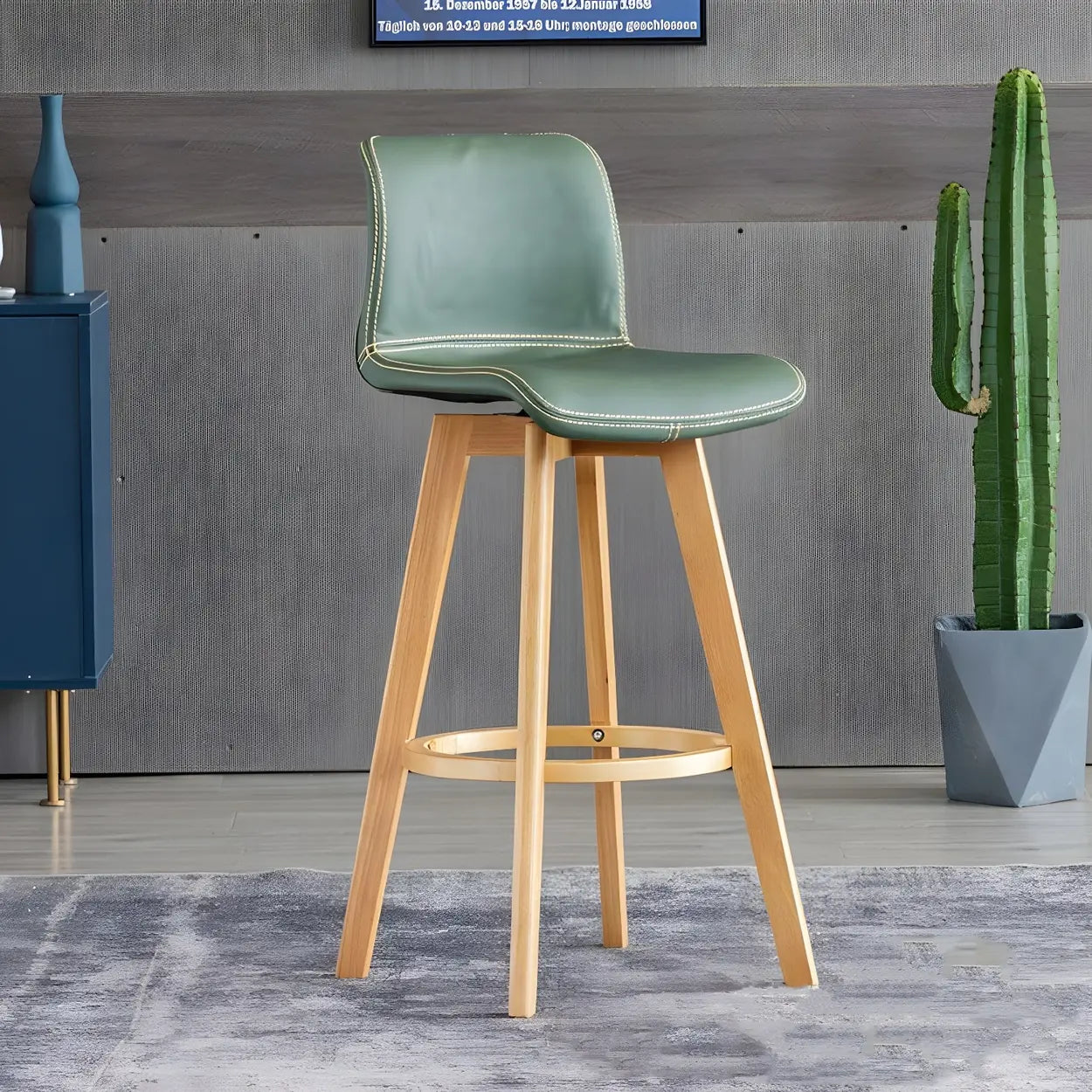



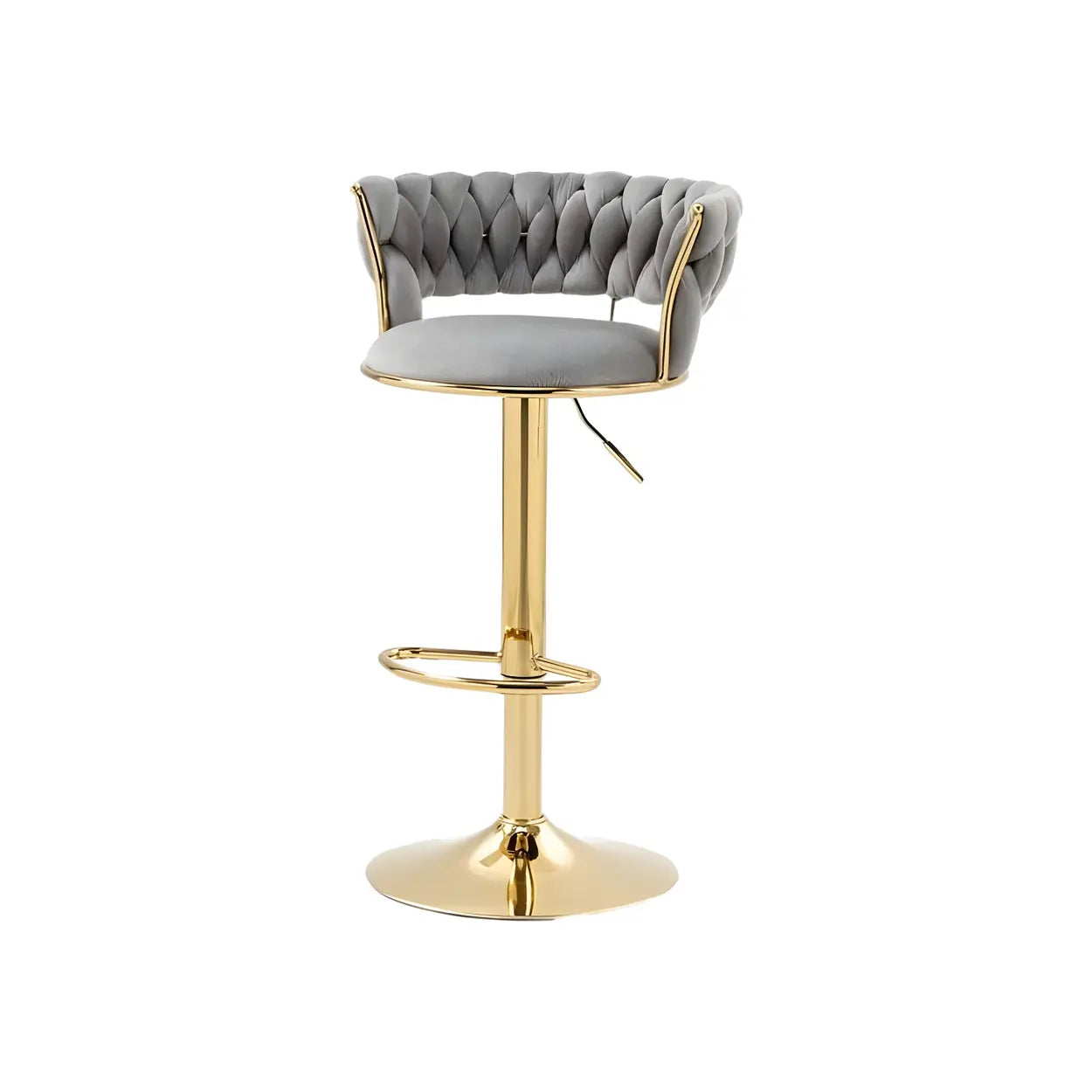
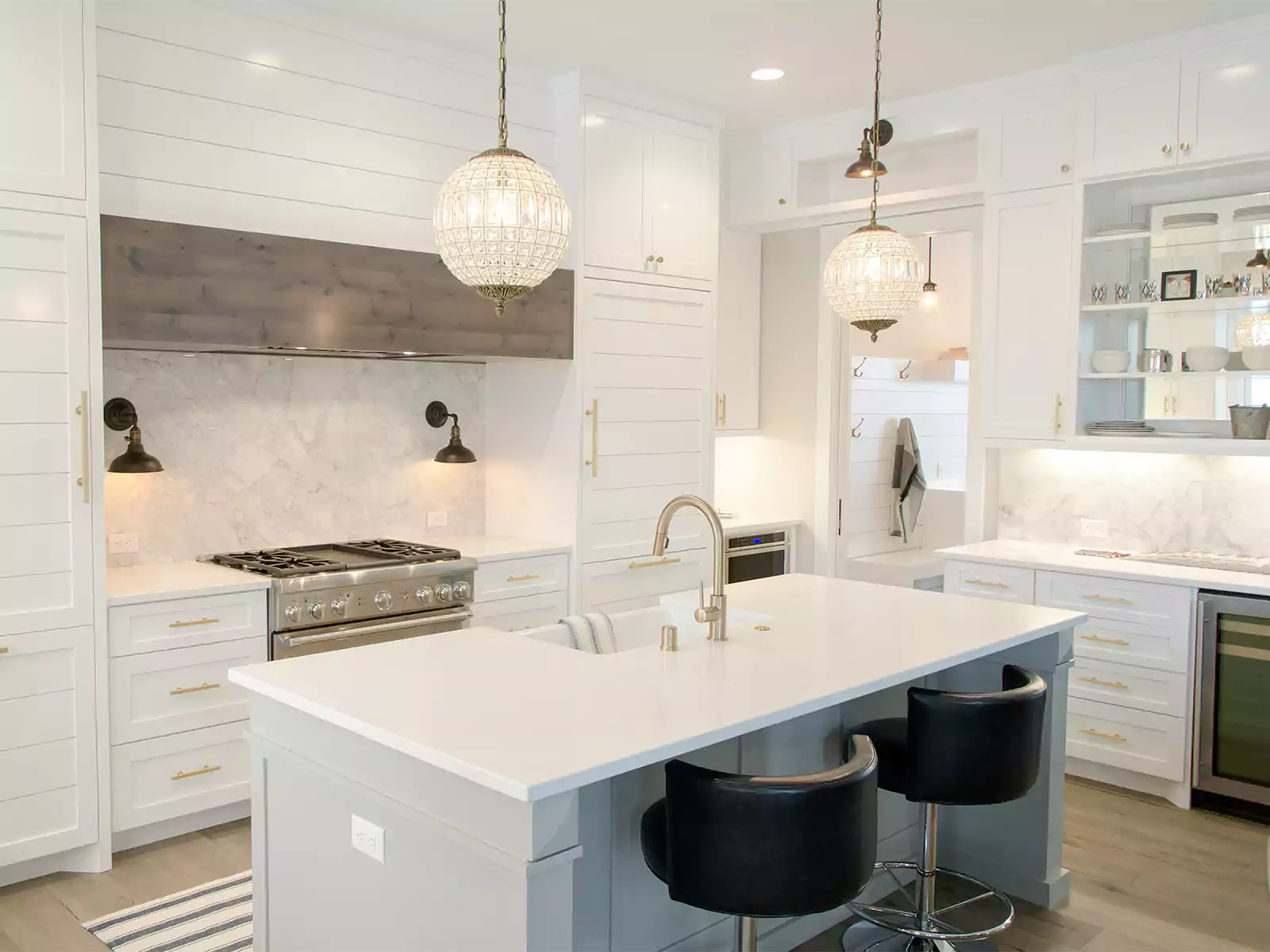


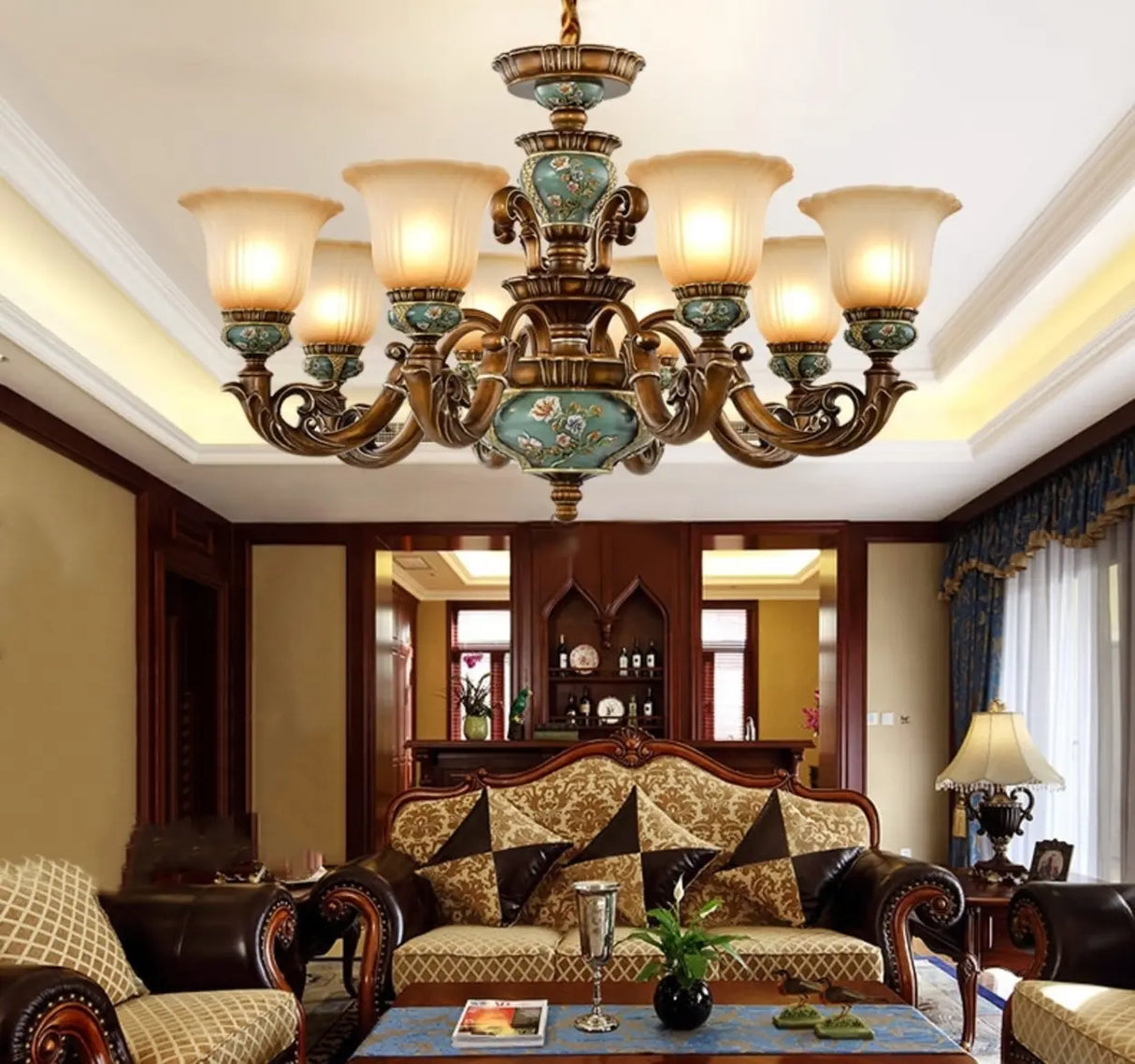
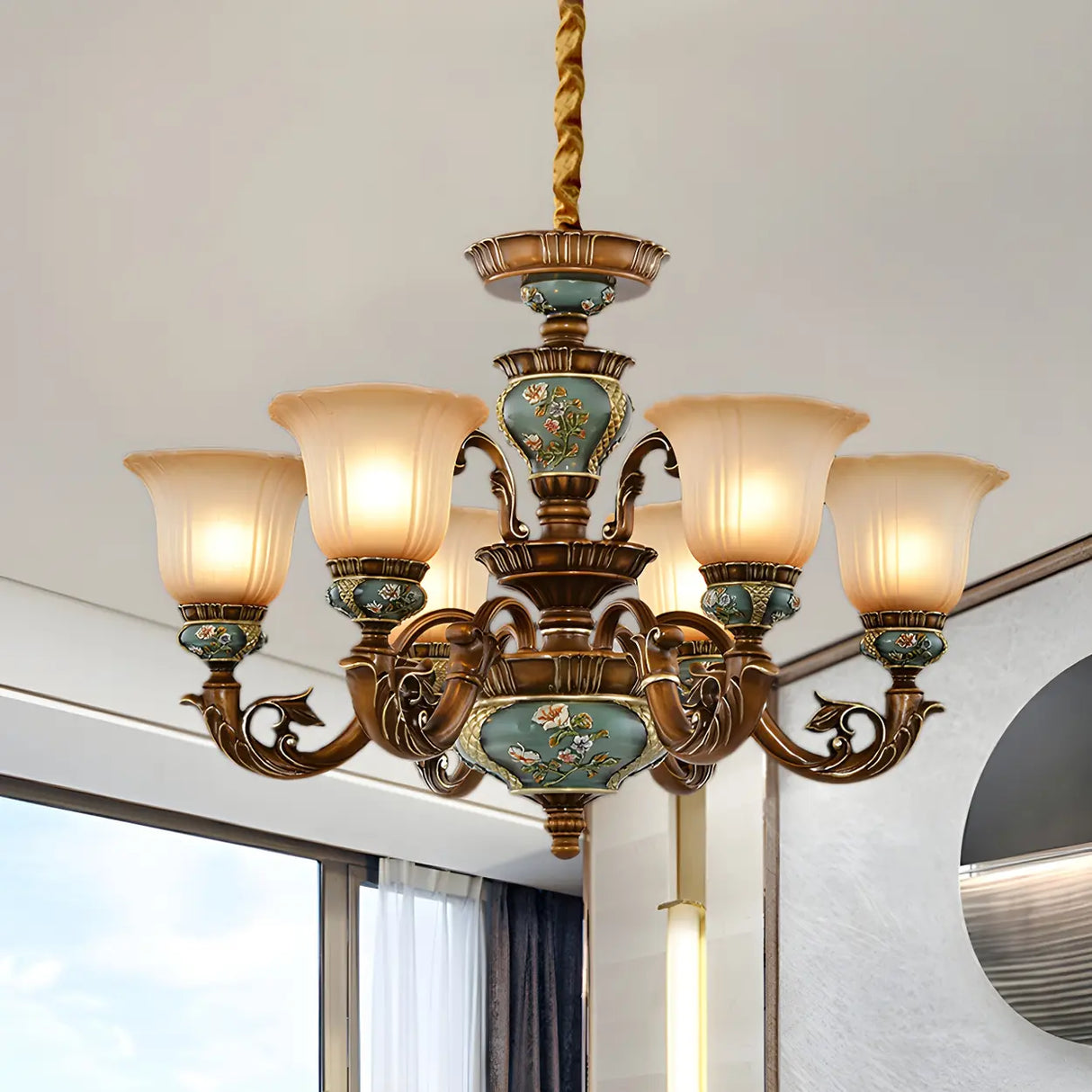
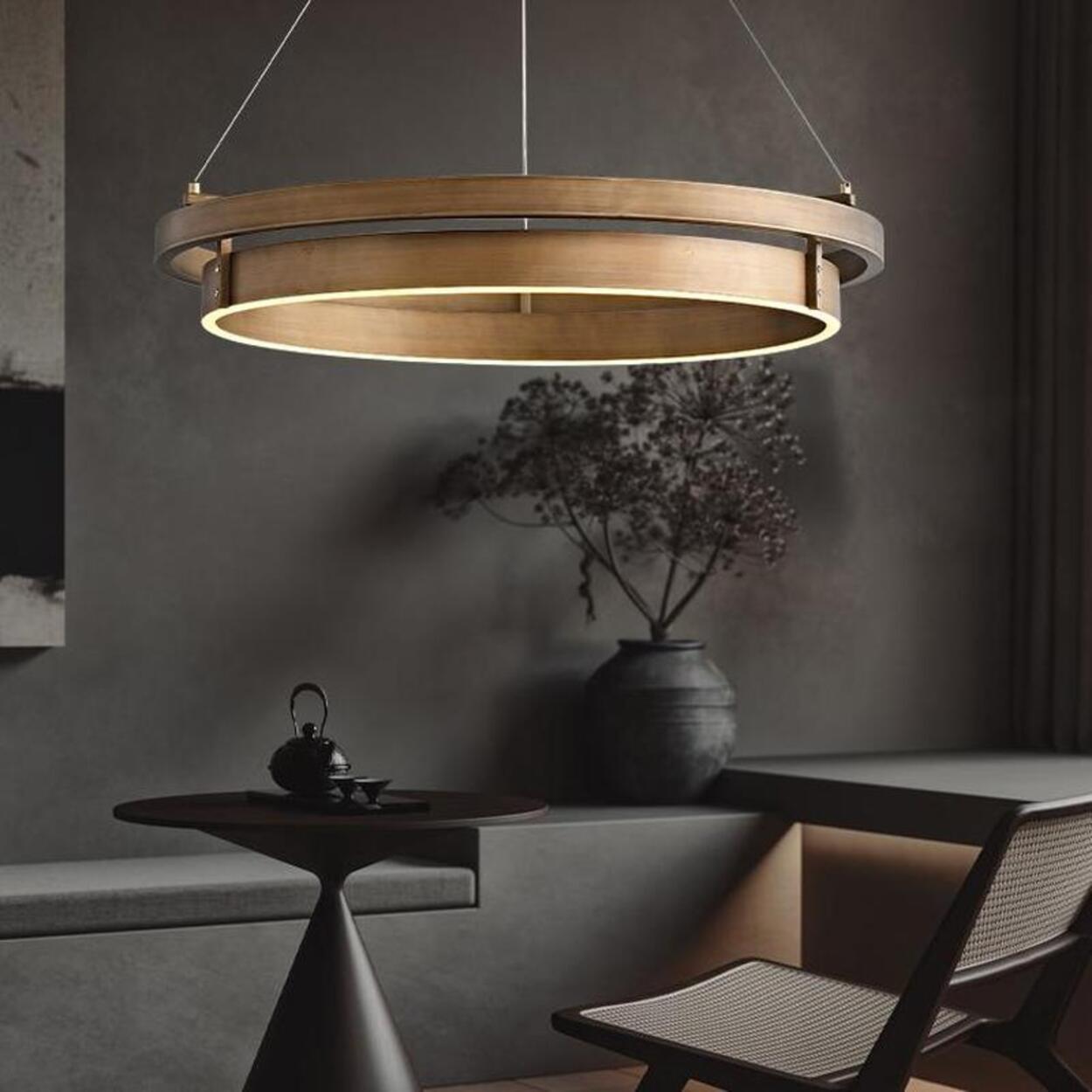
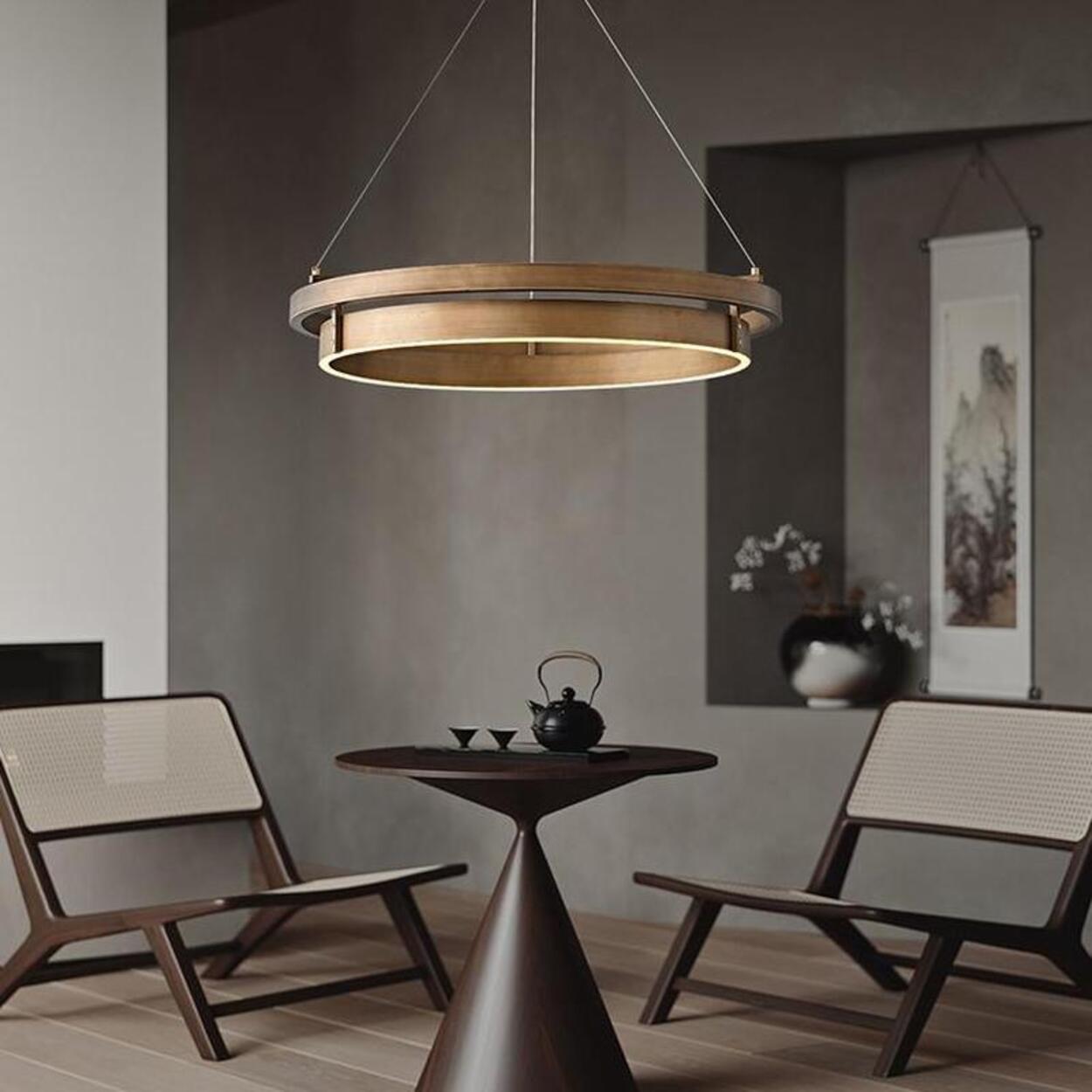
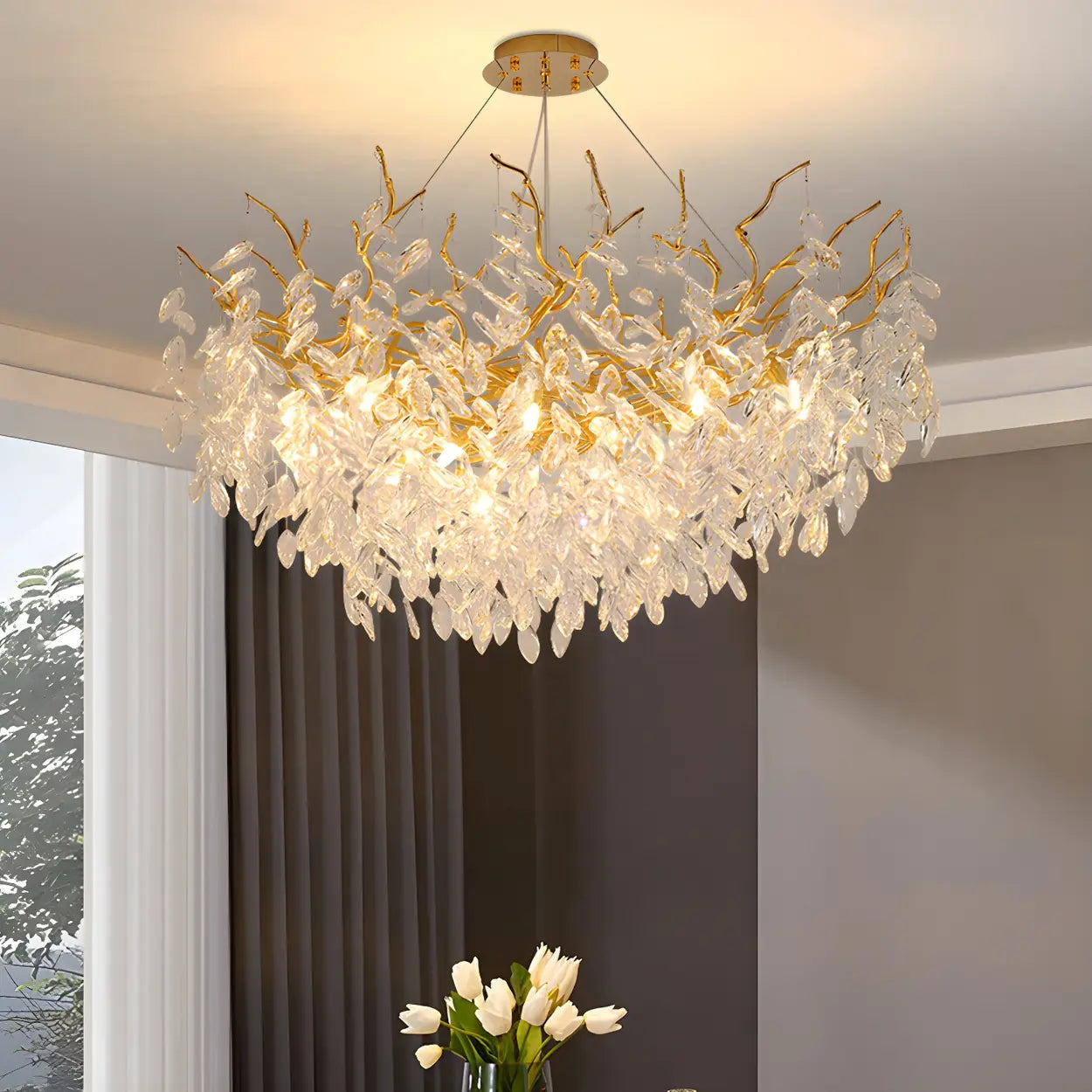
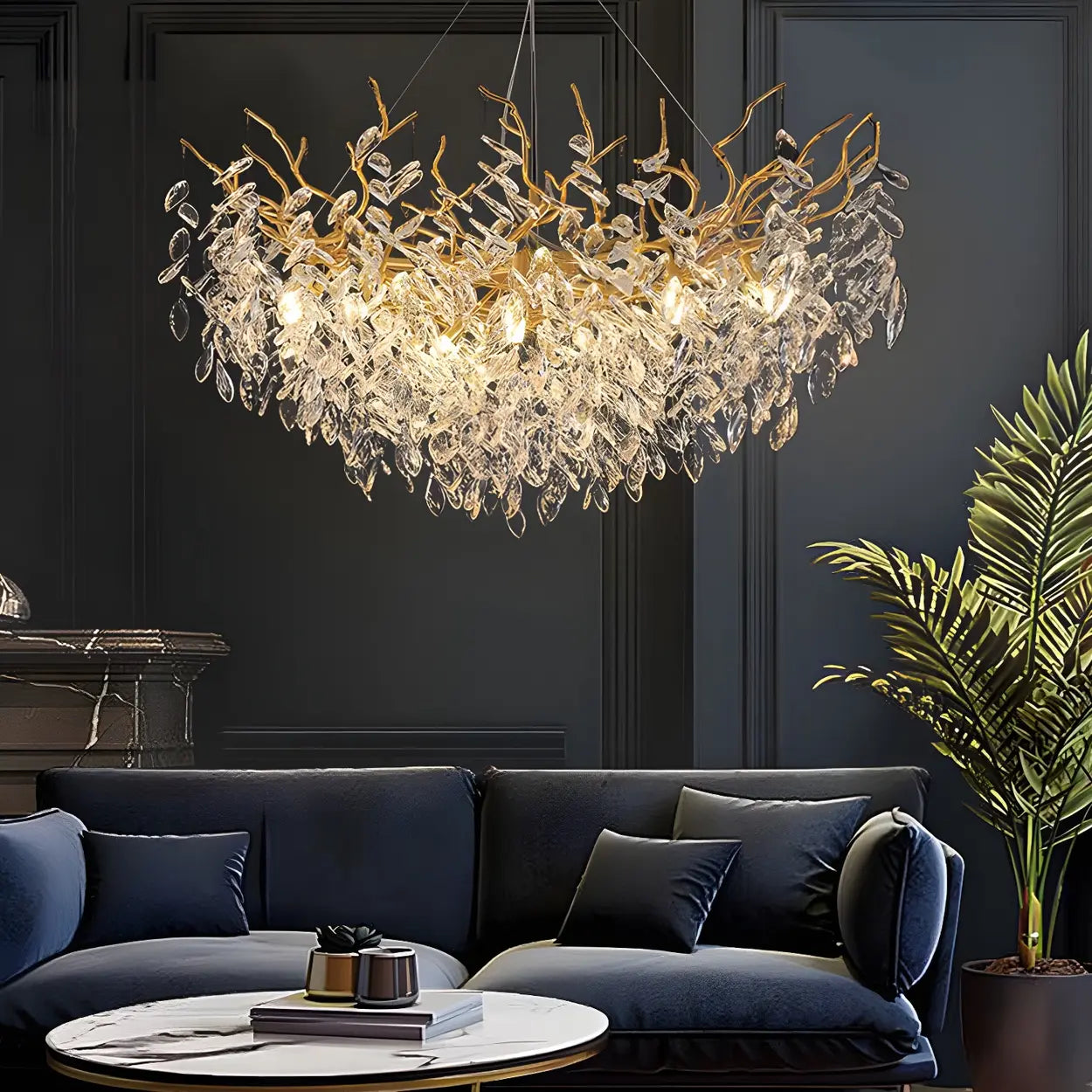
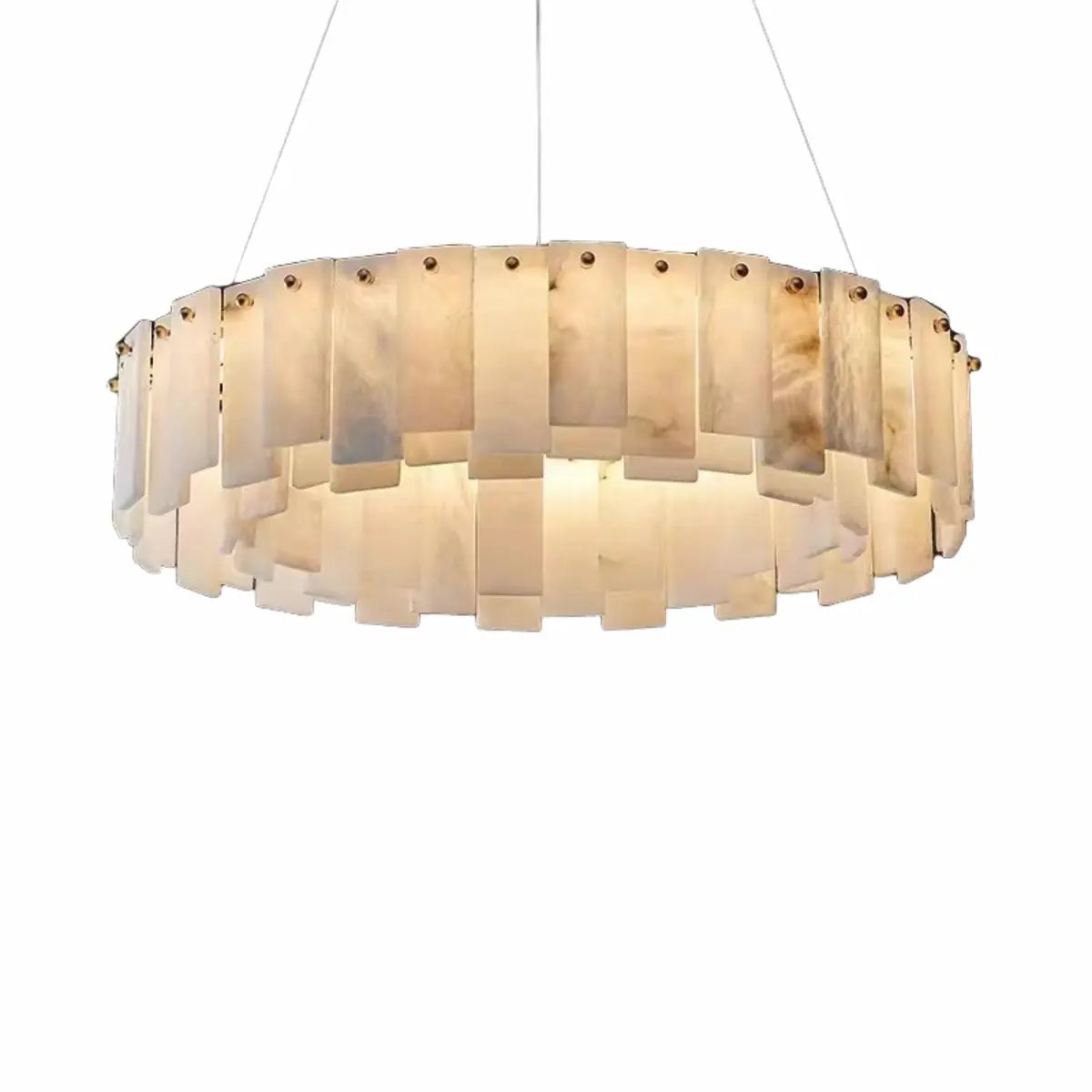

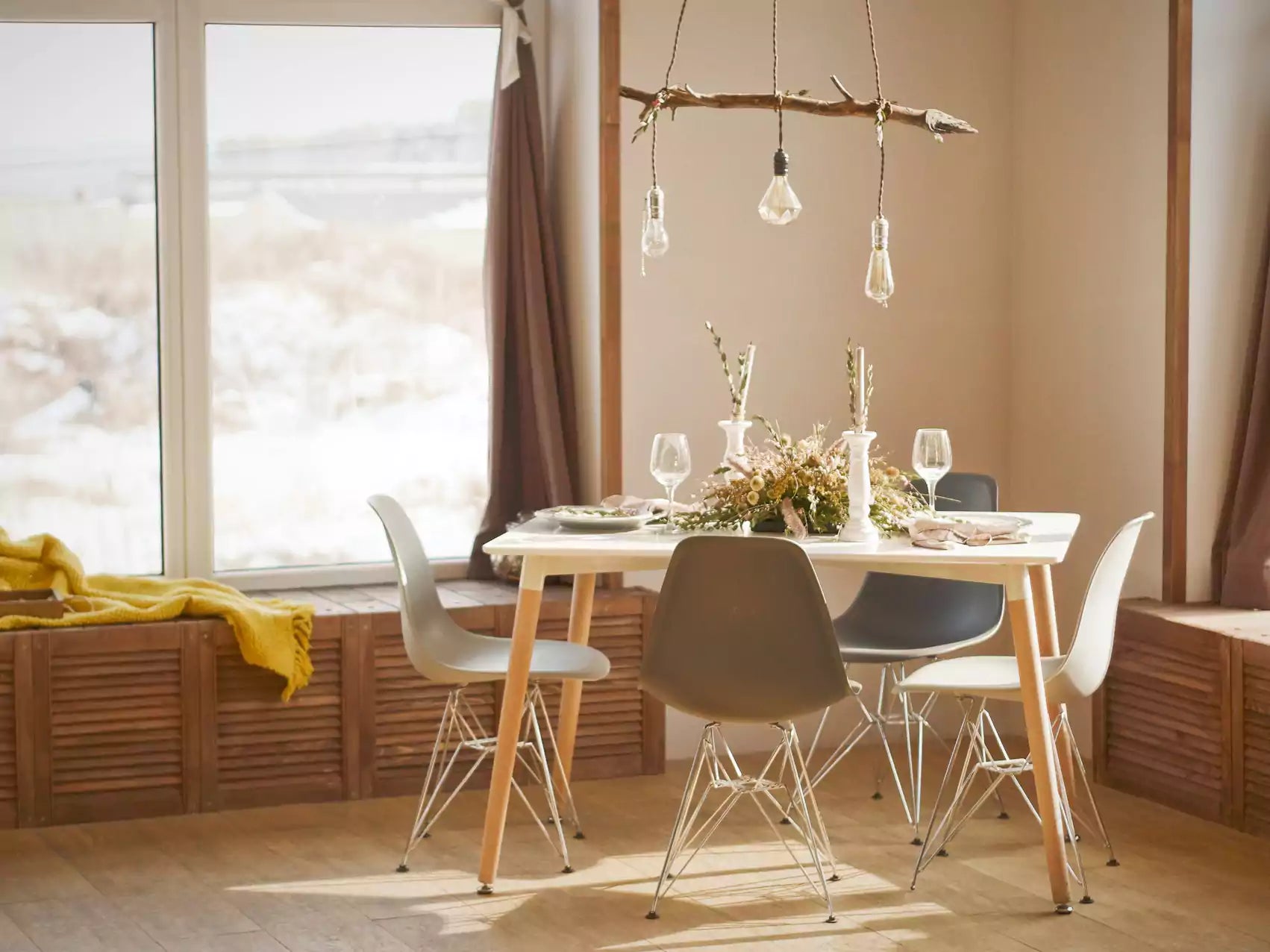
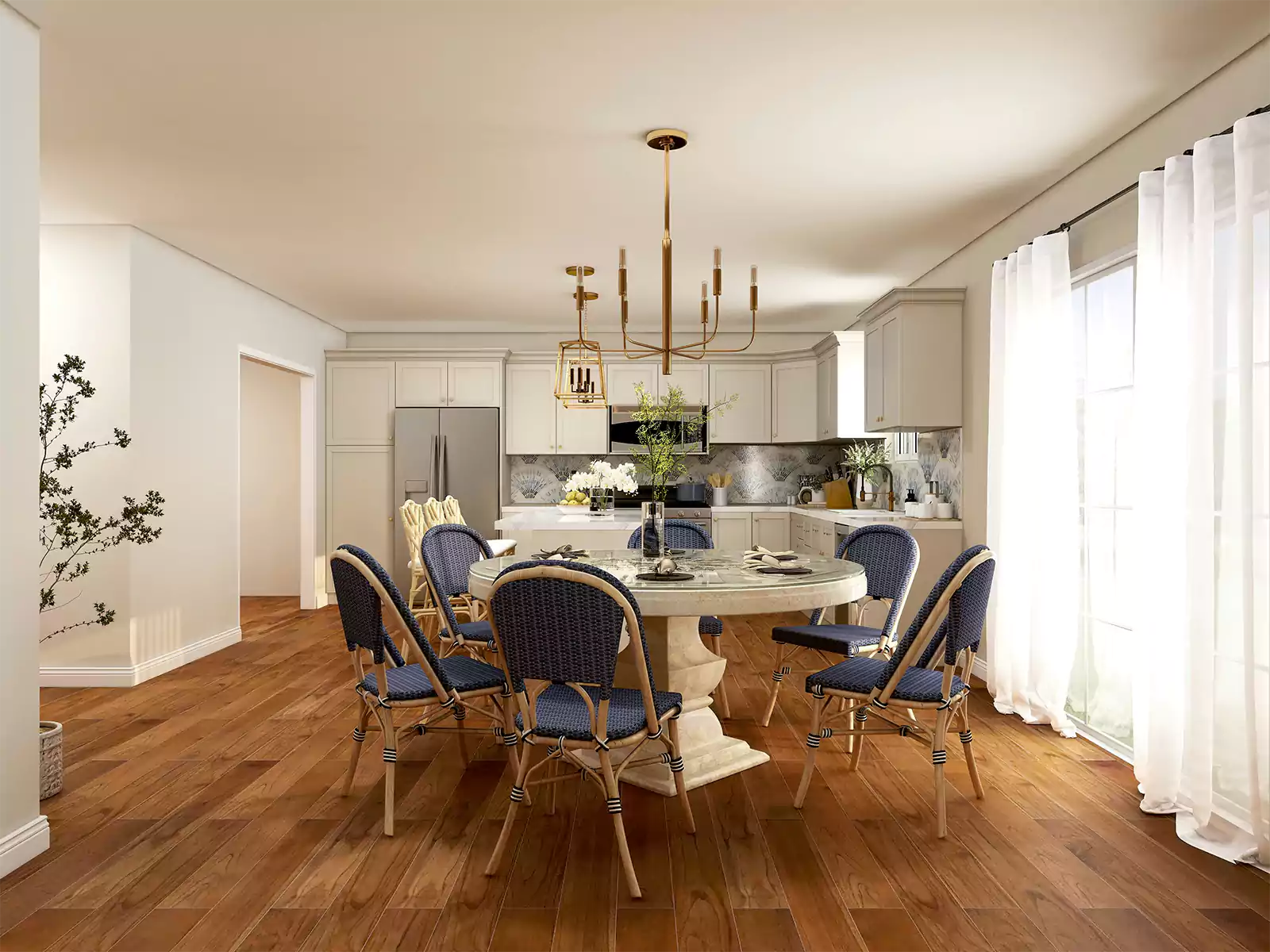
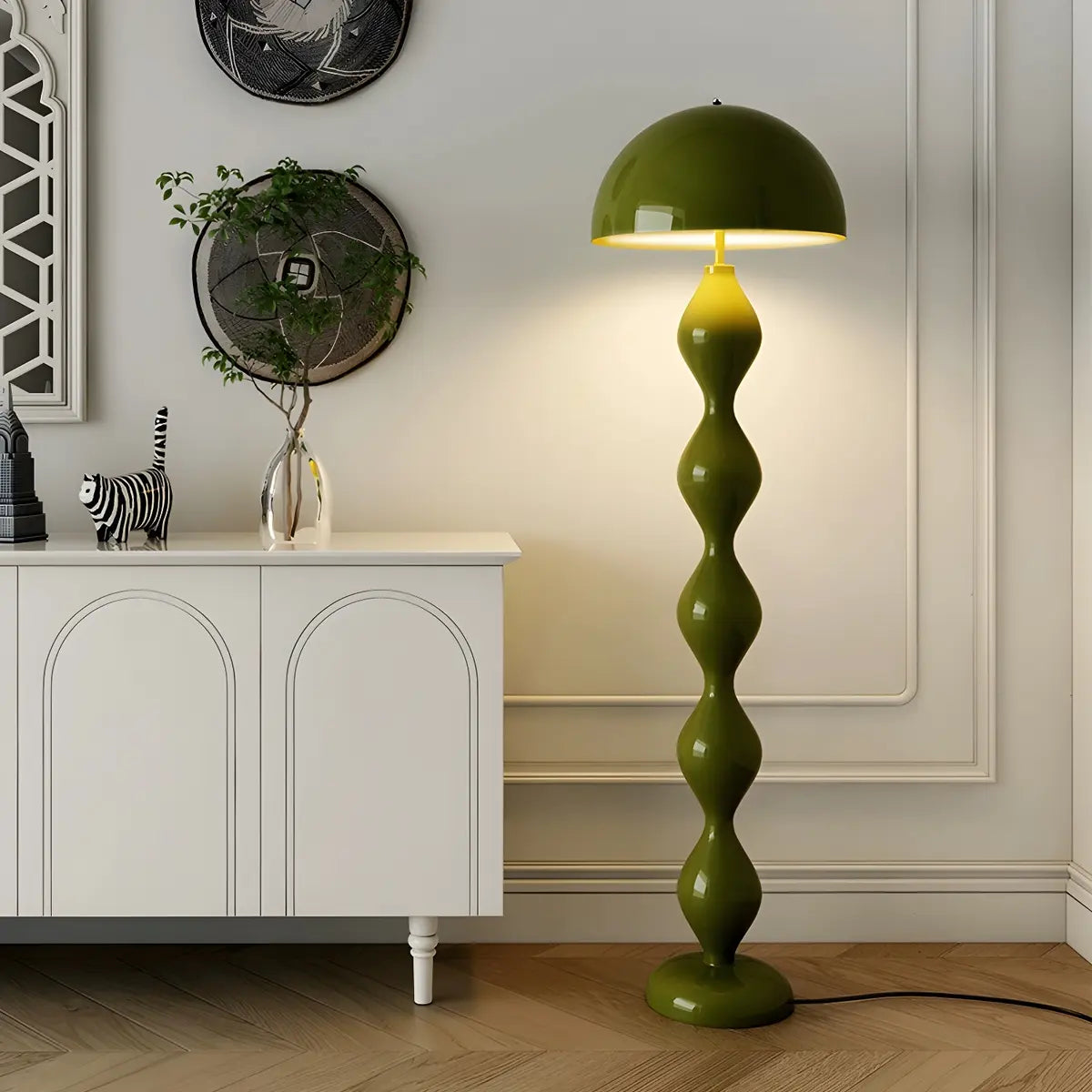
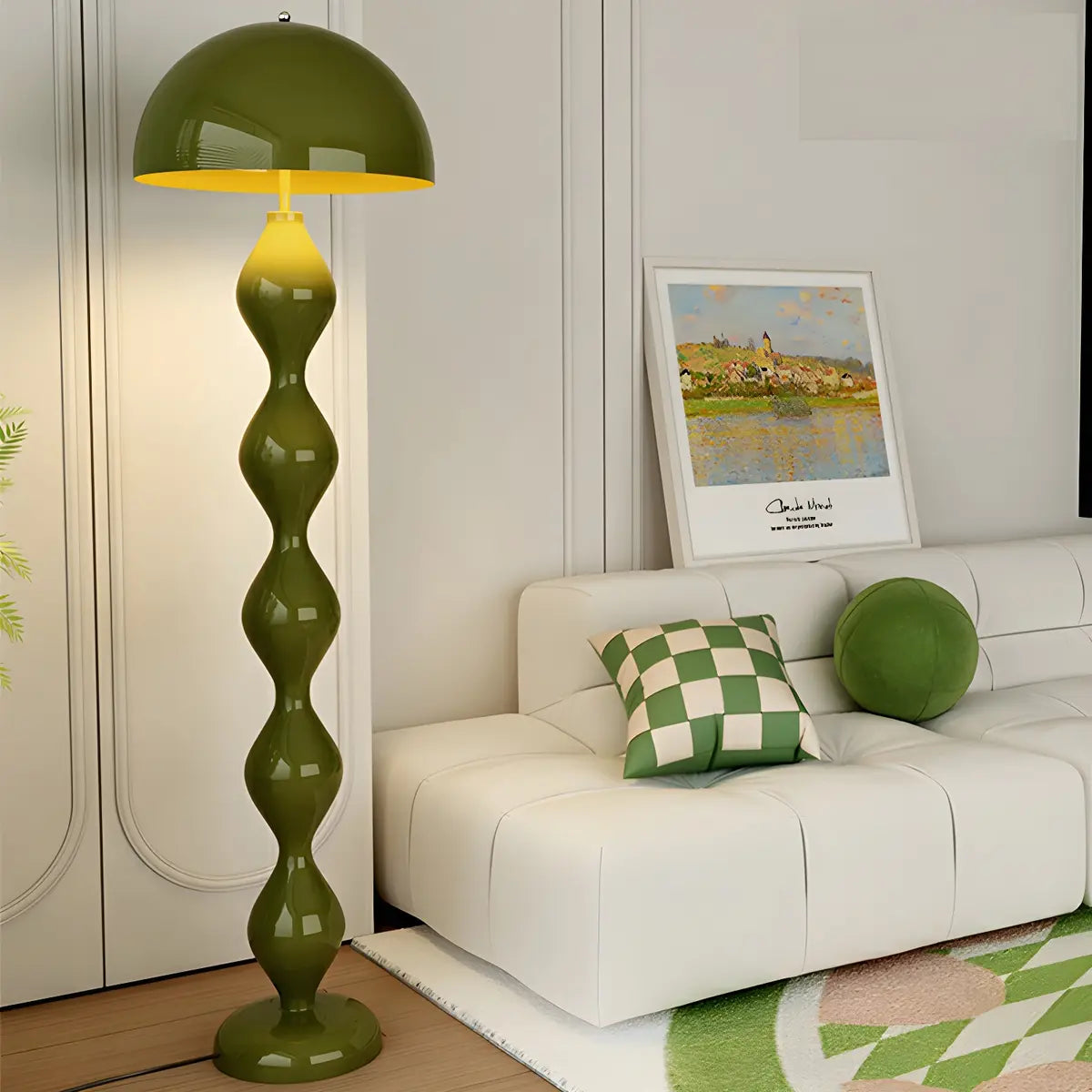
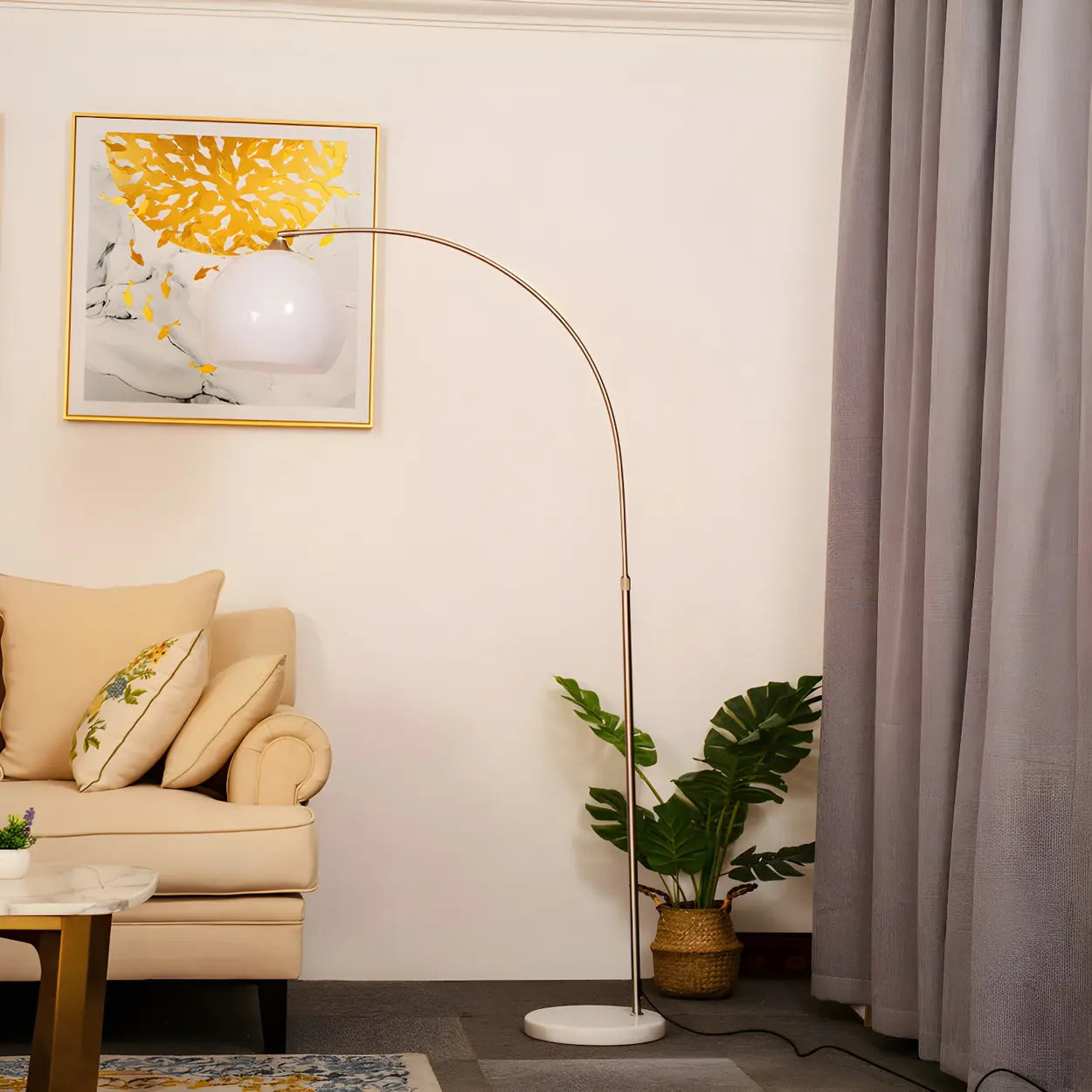
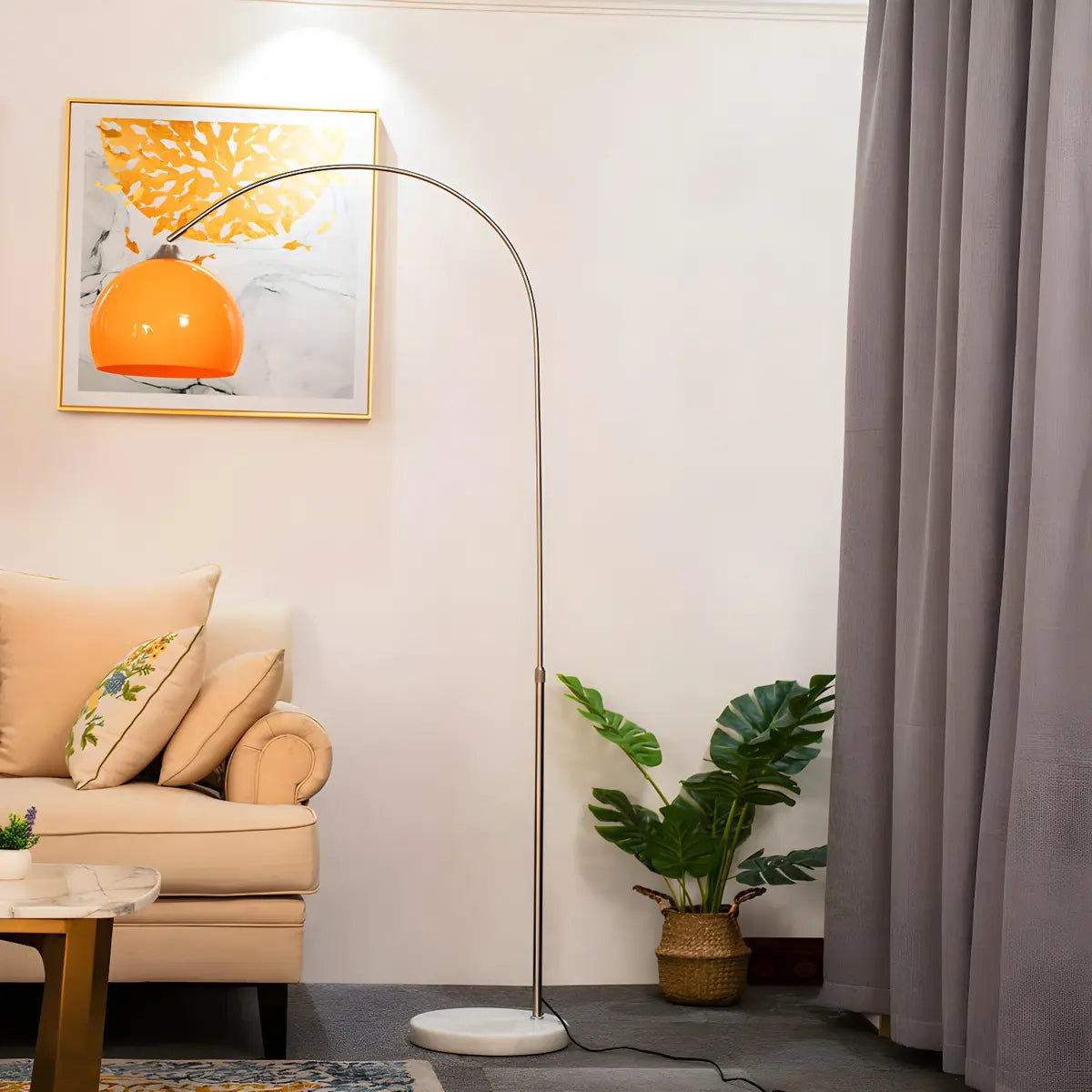
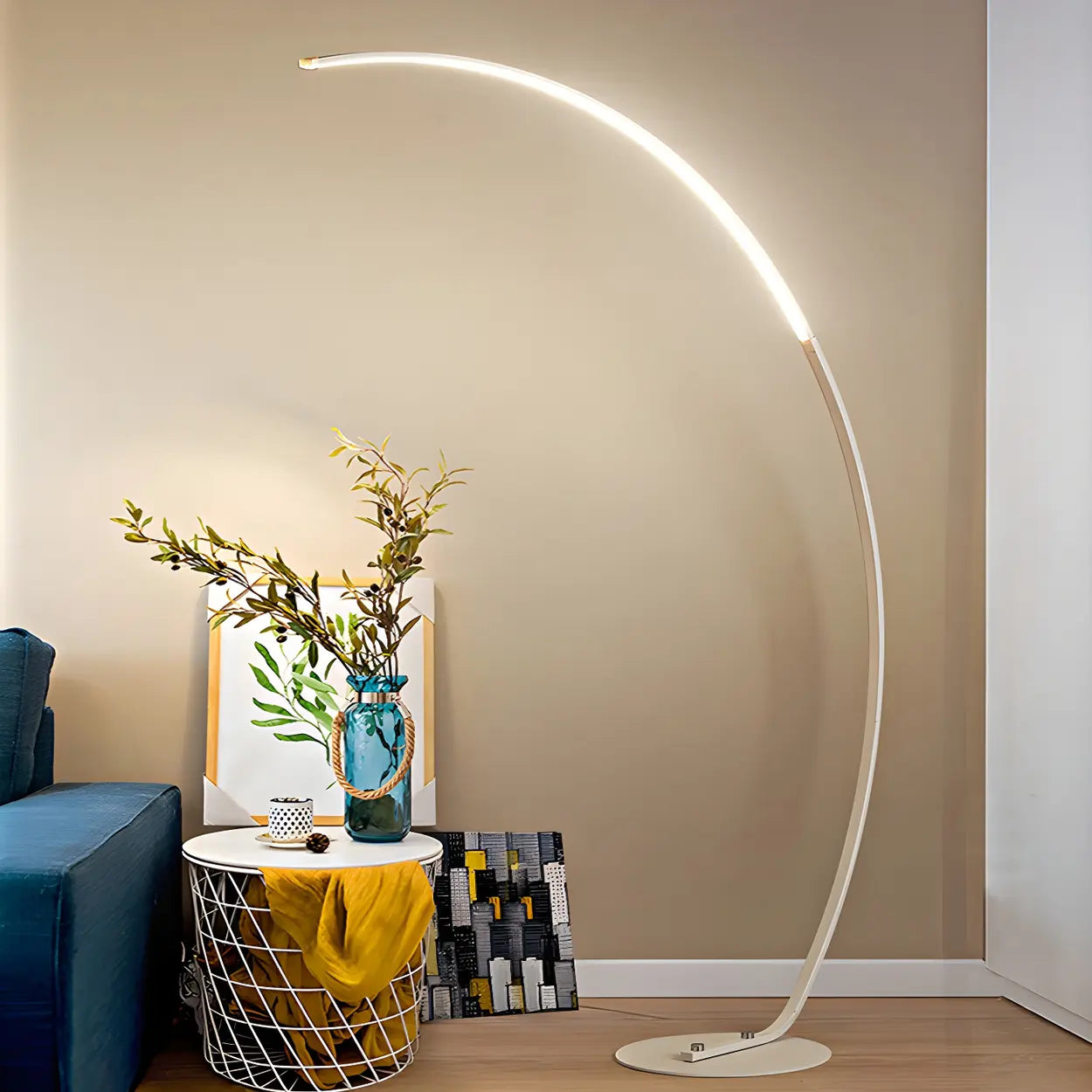

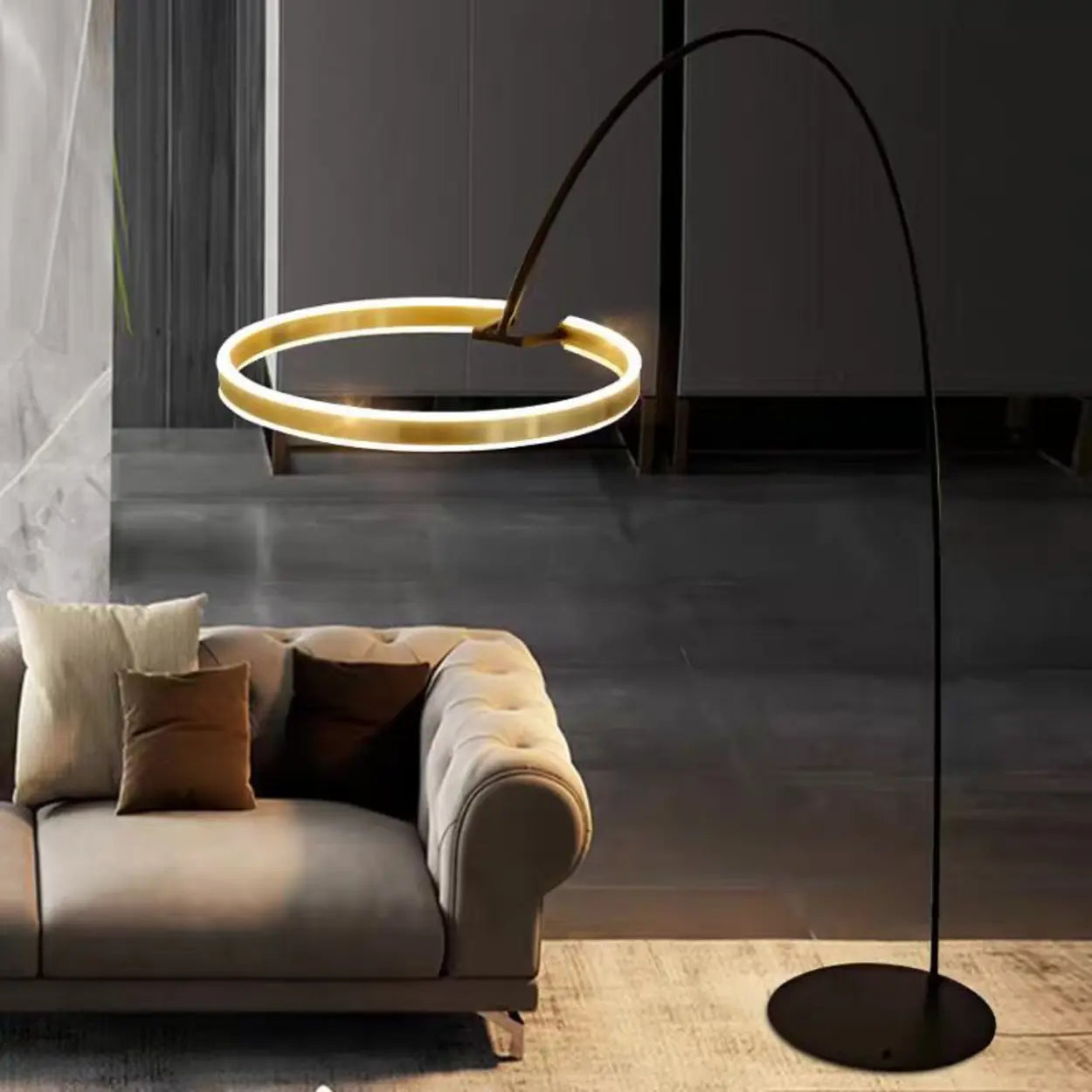

![10 Best Floor Lamp for Reading [2025 Review]](http://www.homebaa.com/cdn/shop/articles/banner_c990b0a4-4743-4902-b6be-5609f7a21a90.webp?v=1747357941)



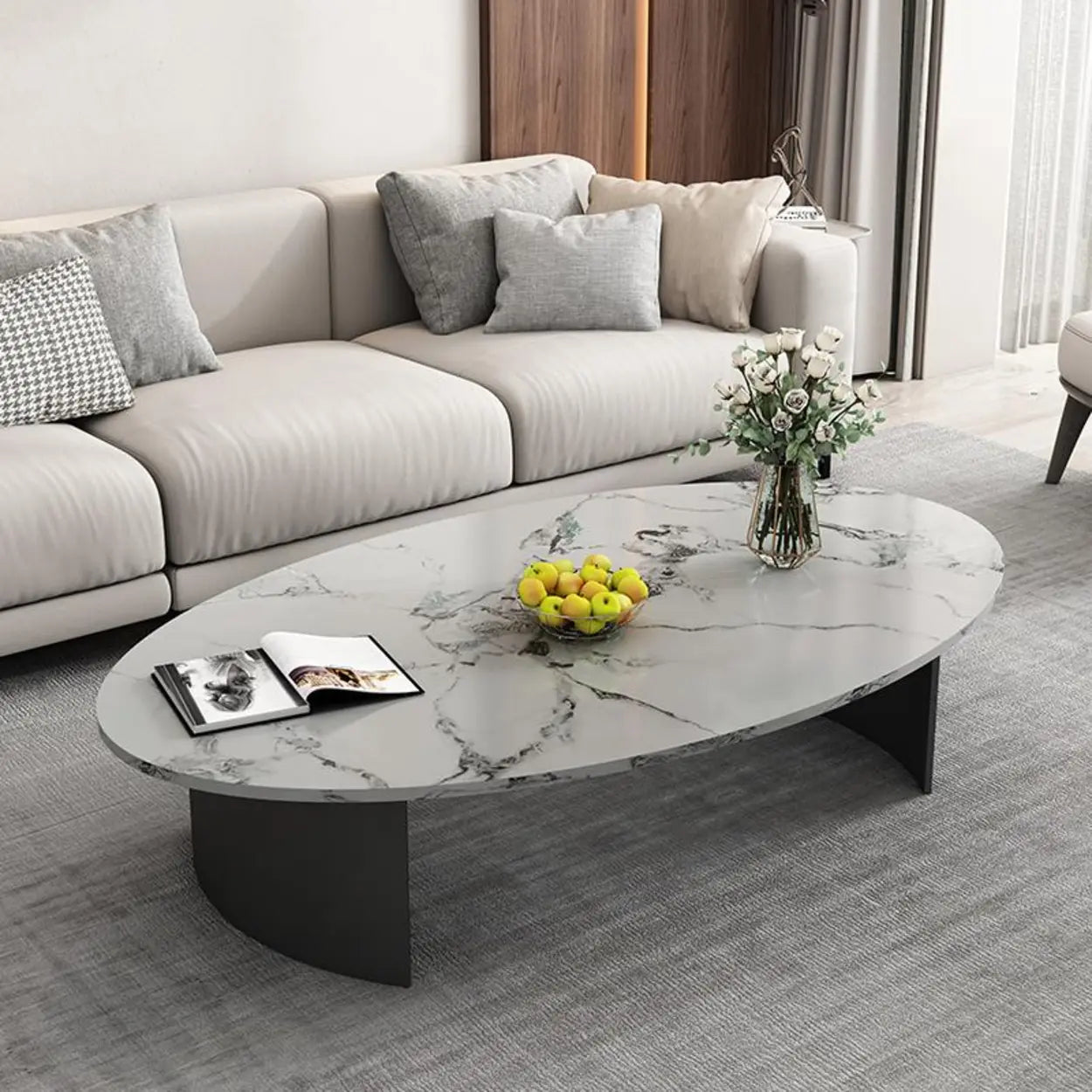

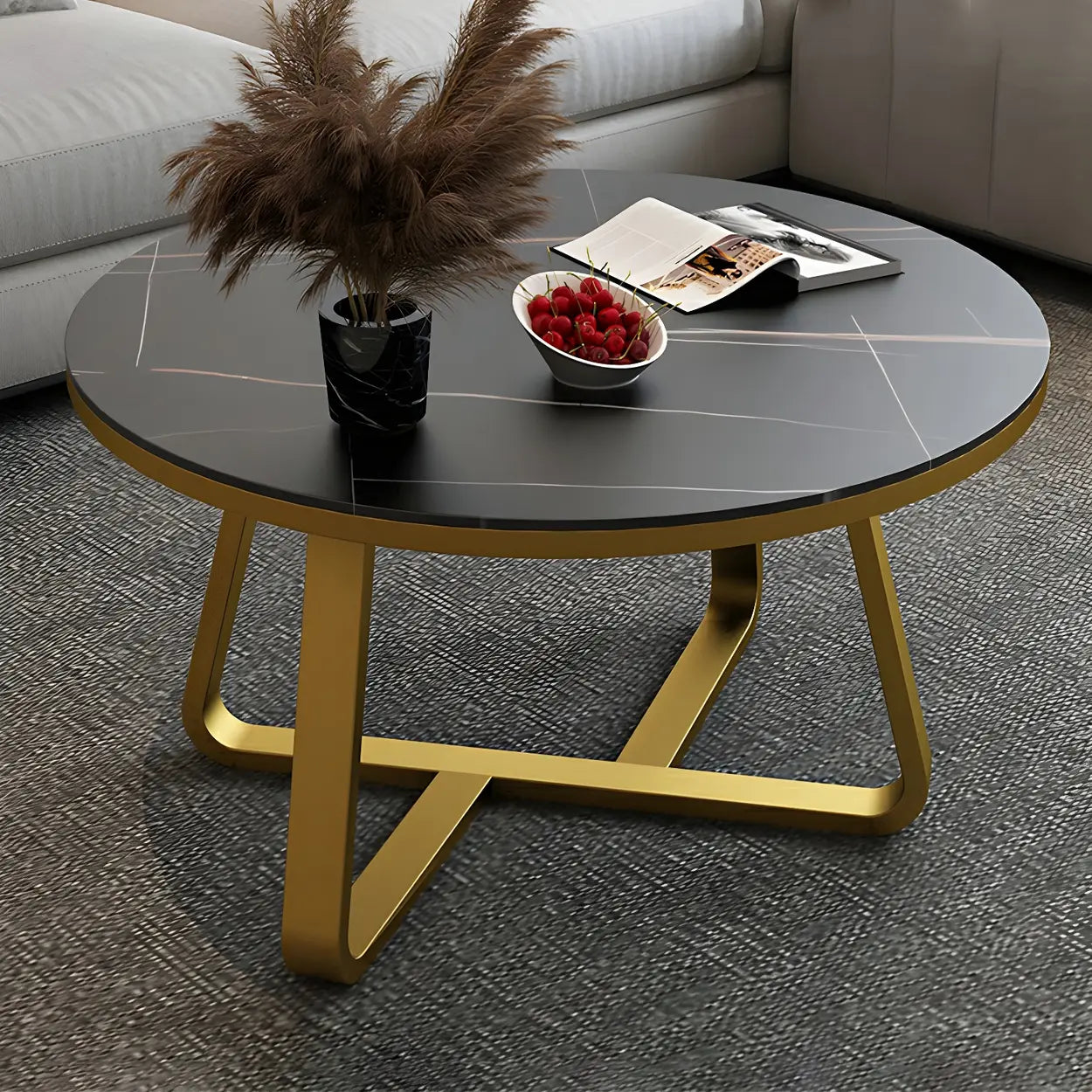
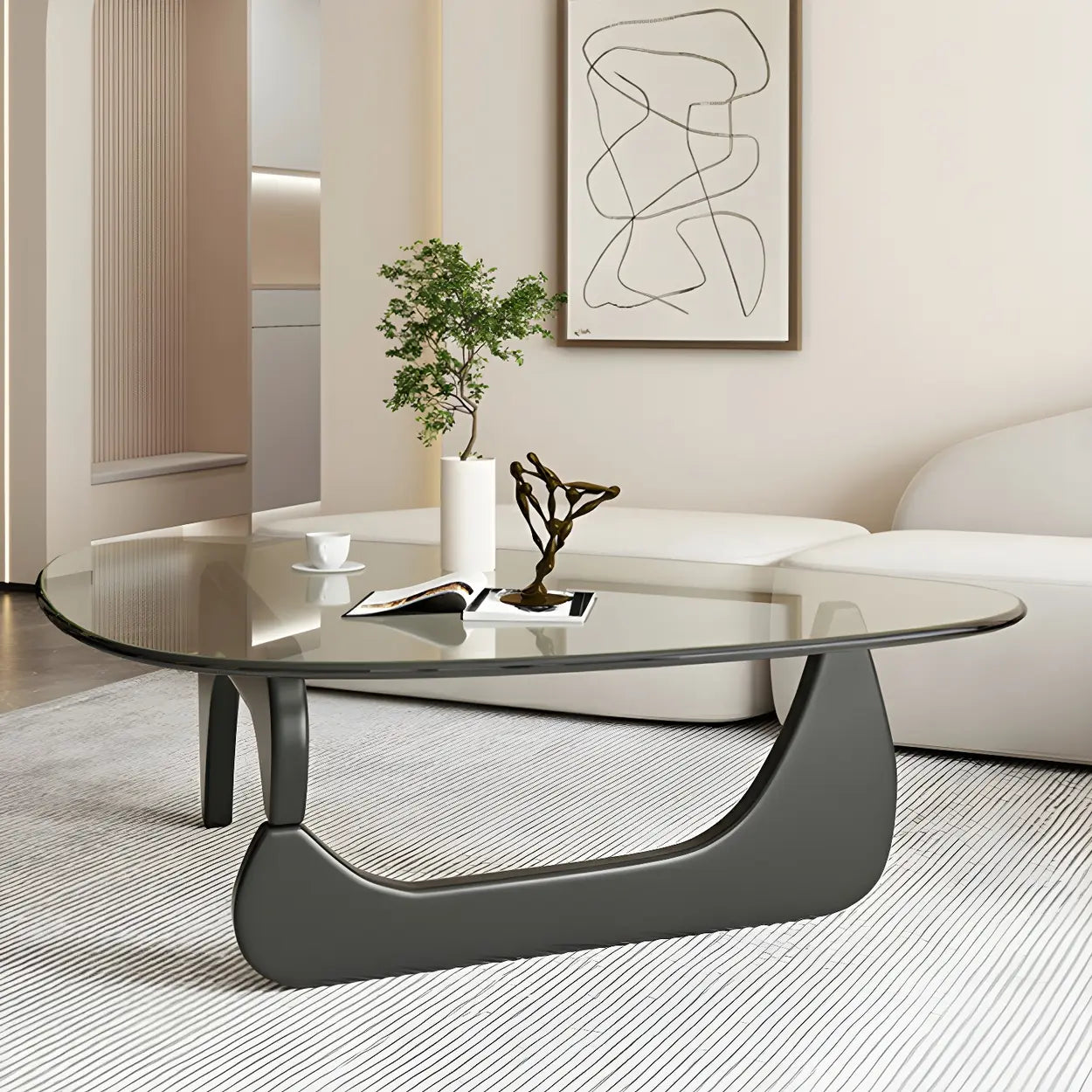
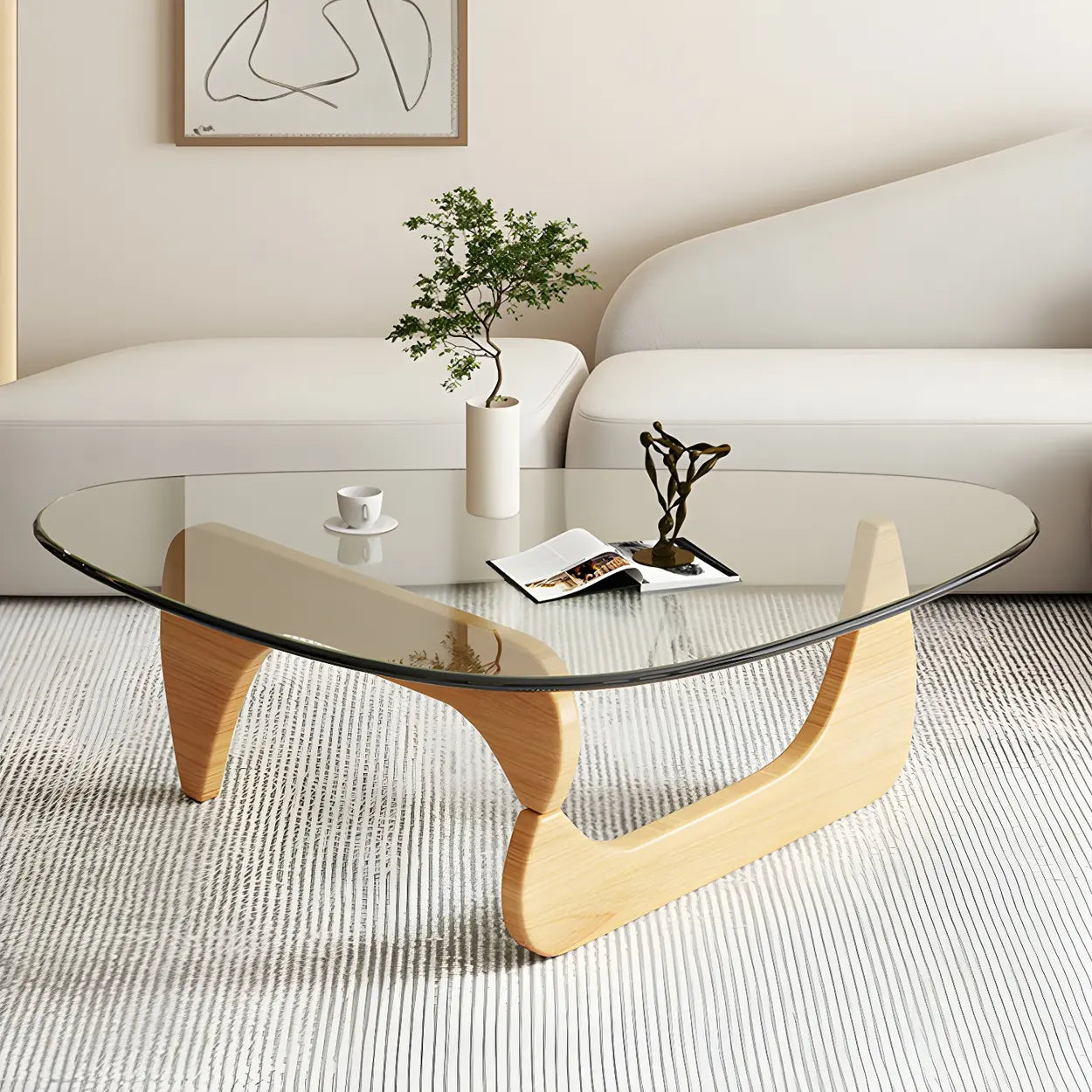



![How to Choose the Coffee Table Height? [2025 Newest Guide]](http://www.homebaa.com/cdn/shop/articles/coffee-table-height.webp?v=1749523259)
